By Michael Dobuski

So far on Fordham in the Bronx, we have explored local food, music, housing and books. Now, we are focusing on the next logical topic: bridges. OK, so perhaps it is not as clear a leap, but the bridge in question is a fascinating bit of Bronx history, and yet another small piece to the Bronx’s puzzle.
This week, we are going to take a trip through history via a little known mystery that has pestered architecture academics for centuries: what is the oldest bridge in New York City? Many would assume that the answer is obvious. After all, the Brooklyn Bridge is pretty old, right? Well, having been open since 1883, it is one of the oldest suspension bridges in the city, and indeed the country, but the Brooklyn Bridge is not the answer to this question.
For that, we have to go much further back in time, but interestingly enough, not very geographically far away at all.
Kingsbridge is a neighborhood in the northwest Bronx. It is predominantly residential, middle class and has a population of just over 10,000. But turn the clock back just over 300 years, and the story is very different. In essence, there were less people — significantly less people. In fact, New York City was less of a city and more of a soggy marshland under British control.
During that time, in what is today the Kingsbridge neighborhood, there was a small island called Marble Hill, which was separated from the surrounding landmass by the Spuyten Duyvil Creek and the Harlem River. In 1914, the creek was filled in, and Marble Hill joined the Bronx, though today it is technically still considered a part of Manhattan.
In the process, however, a small structure was covered up: the King’s Bridge. The King’s Bridge was built in 1693 and — just to be upfront about it — it was not all that exciting to look at. It was not very big and was only made out of wood.
Not many pictures of the bridge exist from this time period, but we do know that you had to pay to cross it, unless you happened to be a soldier for the King, in which case you were able to cross for free. This is where the name of the bridge, and subsequently the name of the neighborhood, comes from. This form of taxation was exactly the kind of behavior that irritated the colonies in the years leading up to the Revolutionary War.
In 1713, the bridge was remodeled, this time using stone, which meant that it stuck around for much longer. It was destroyed by a fleeing George Washington and his troops in 1776, and rebuilt after the war.
The King’s Bridge was also involved in one of the first recorded automobile races on Memorial Day in 1896, which was sponsored by Cosmopolitan Magazine.
But here is the most interesting part: in the early days of the twentieth century, the King’s Bridge was never officially dismantled. Which means that when they filled in Spuyten Duyvil Creek in 1914, the bridge was still there. So today, the oldest bridge in New York City is actually buried somewhere deep underneath the Bronx. No one knows exactly where it is.
The King’s Bridge is an excellent example of the hidden wonders of the Bronx, and a testament to the sheer volume of industry and change that swept over New York since the industrial revolution. In fact, it resembles the Bronx itself: often overlooked, but historically indispensable and an integral part of a rapidly evolving cityscape.


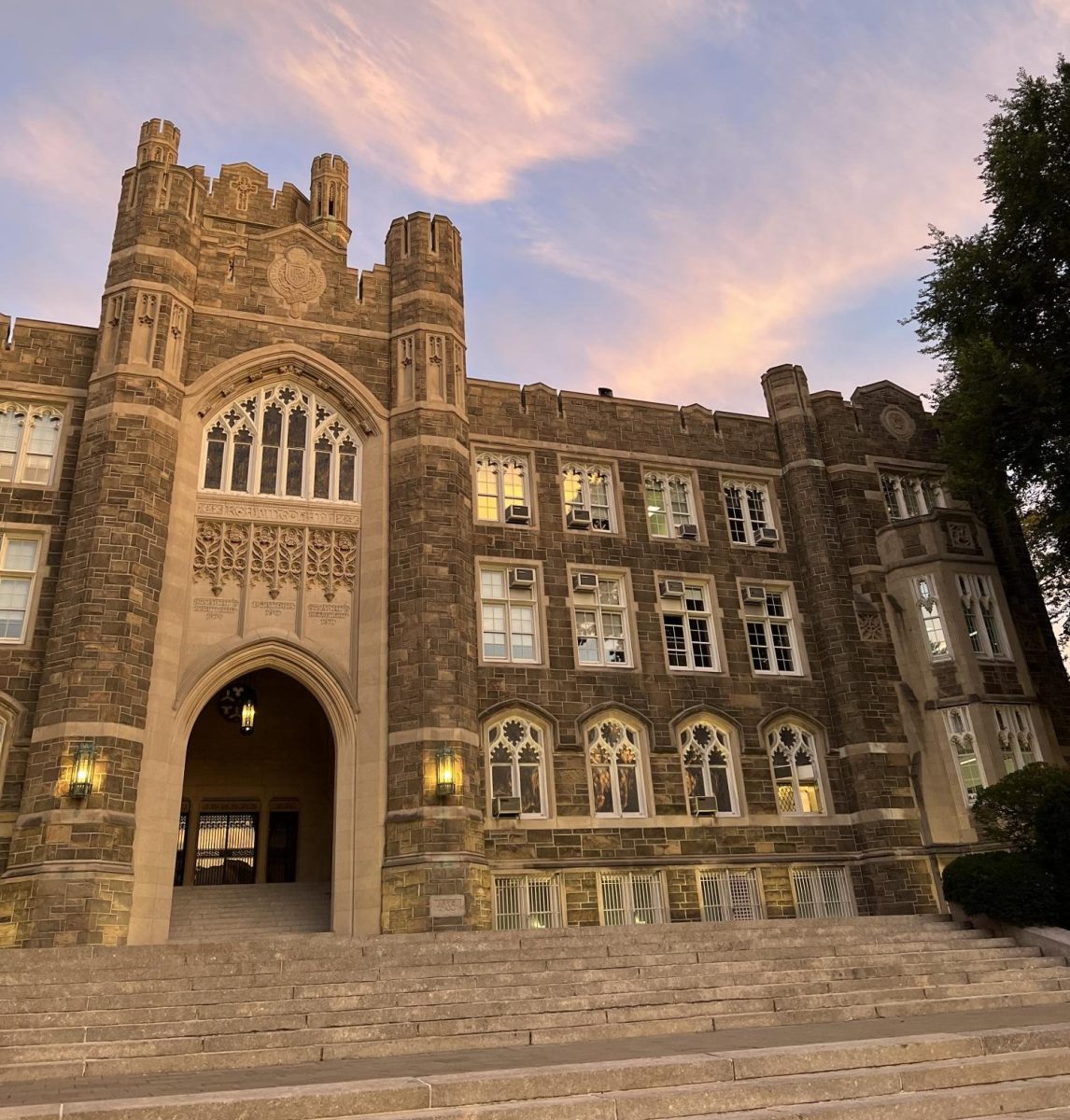




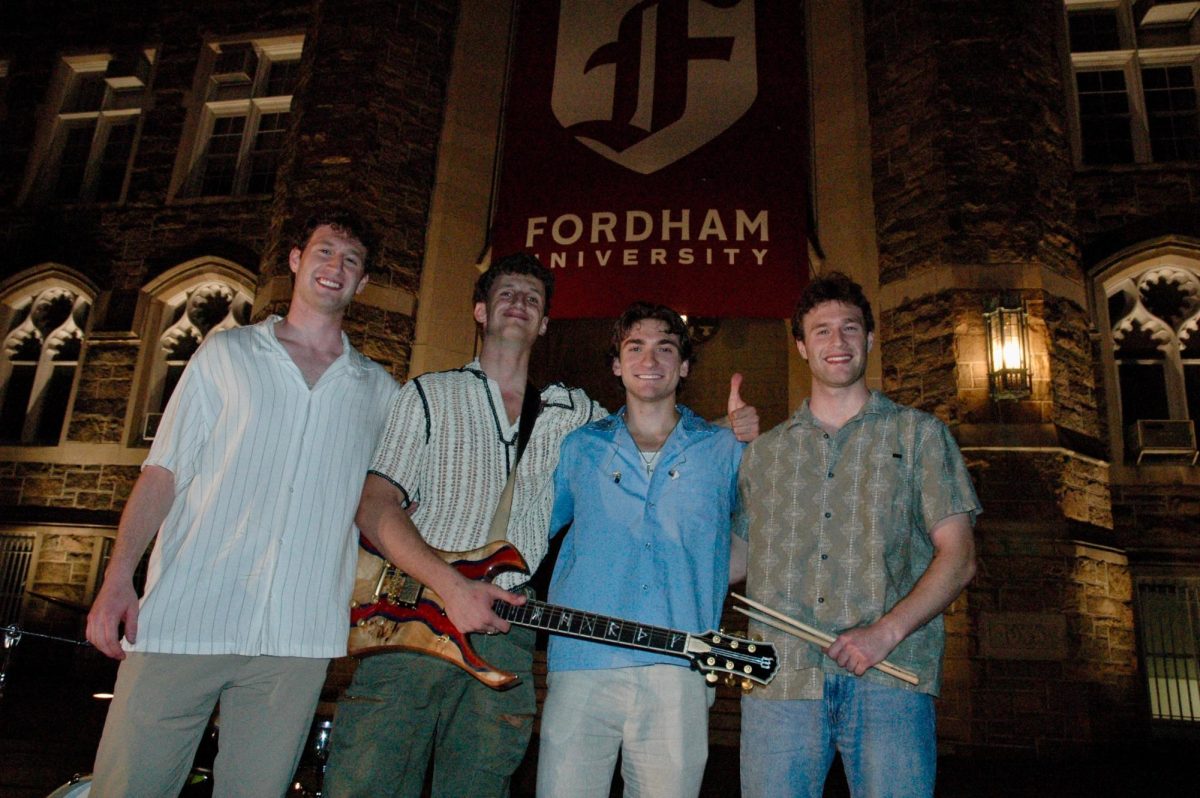

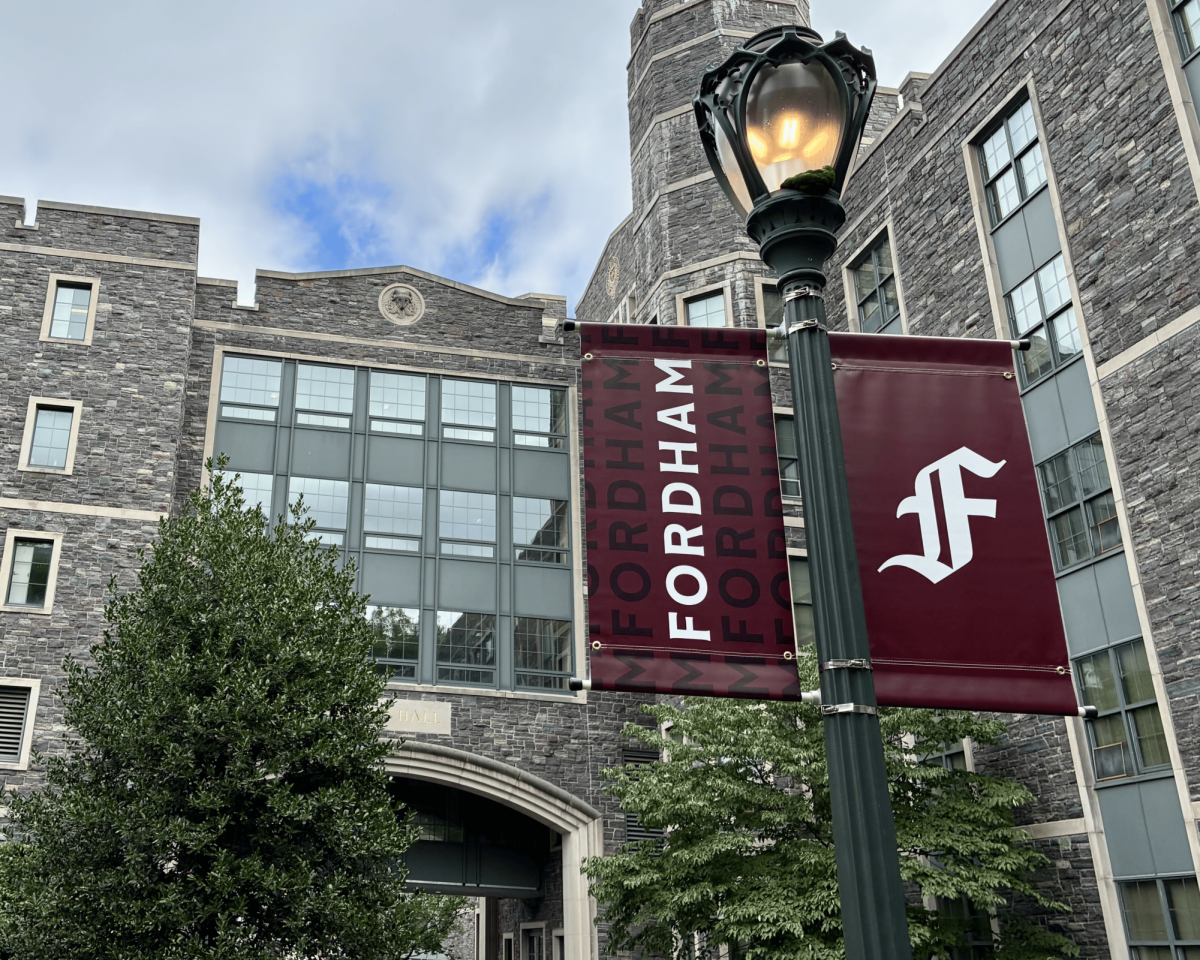





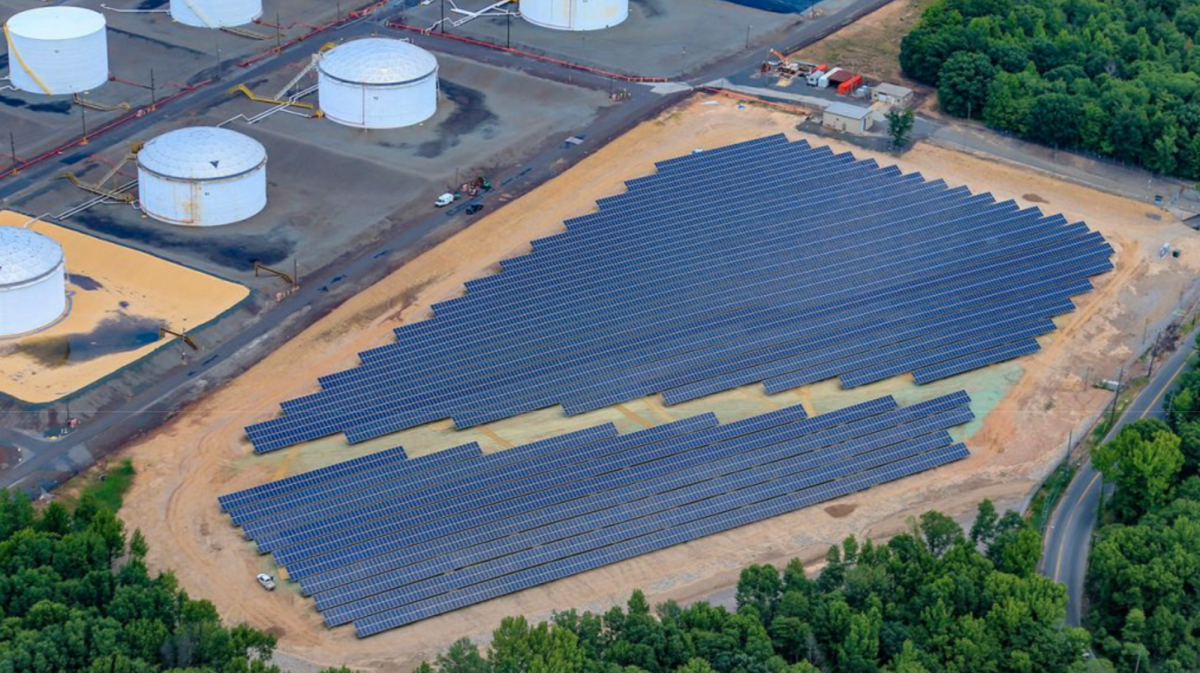
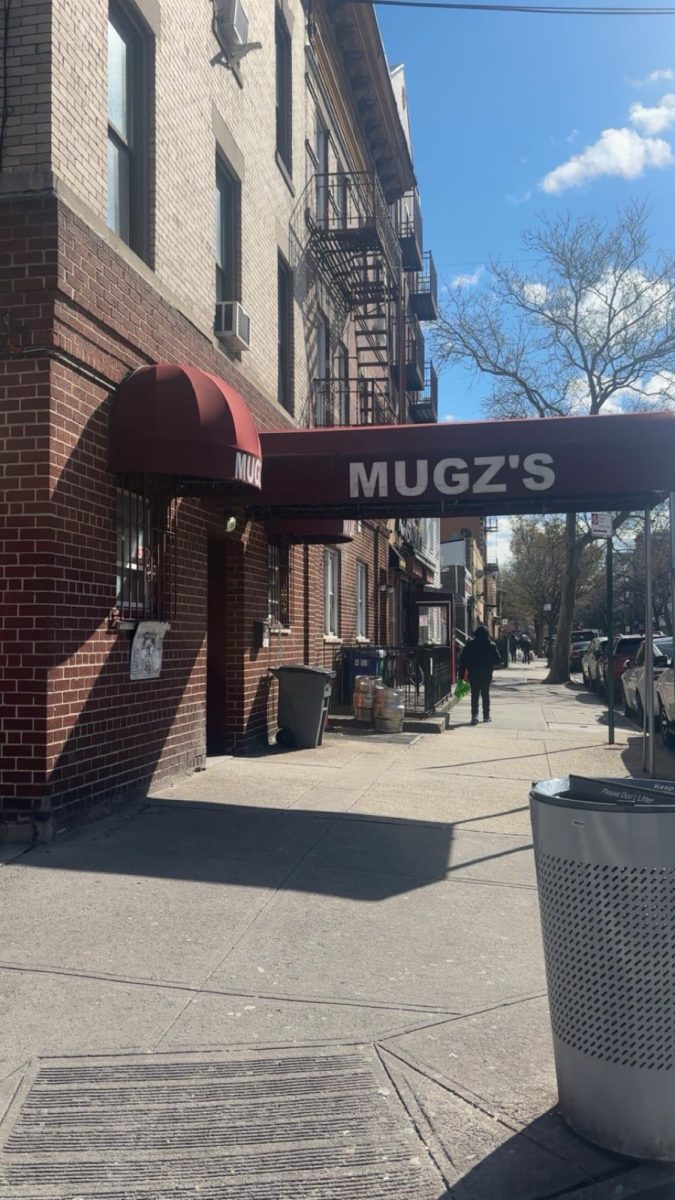

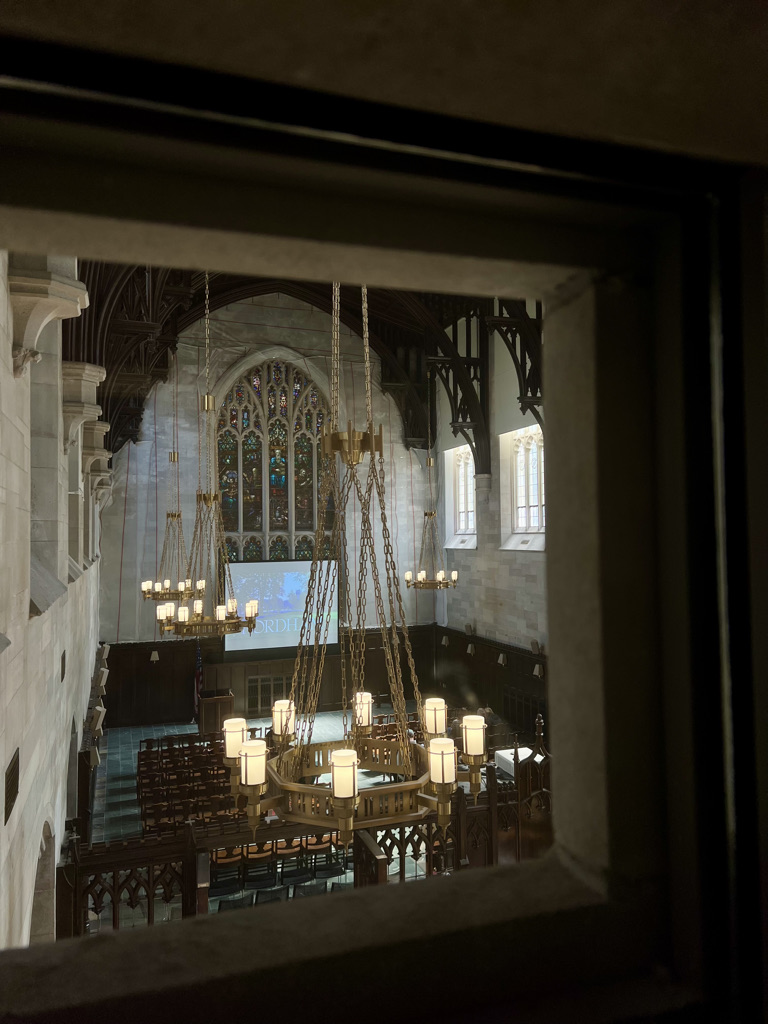
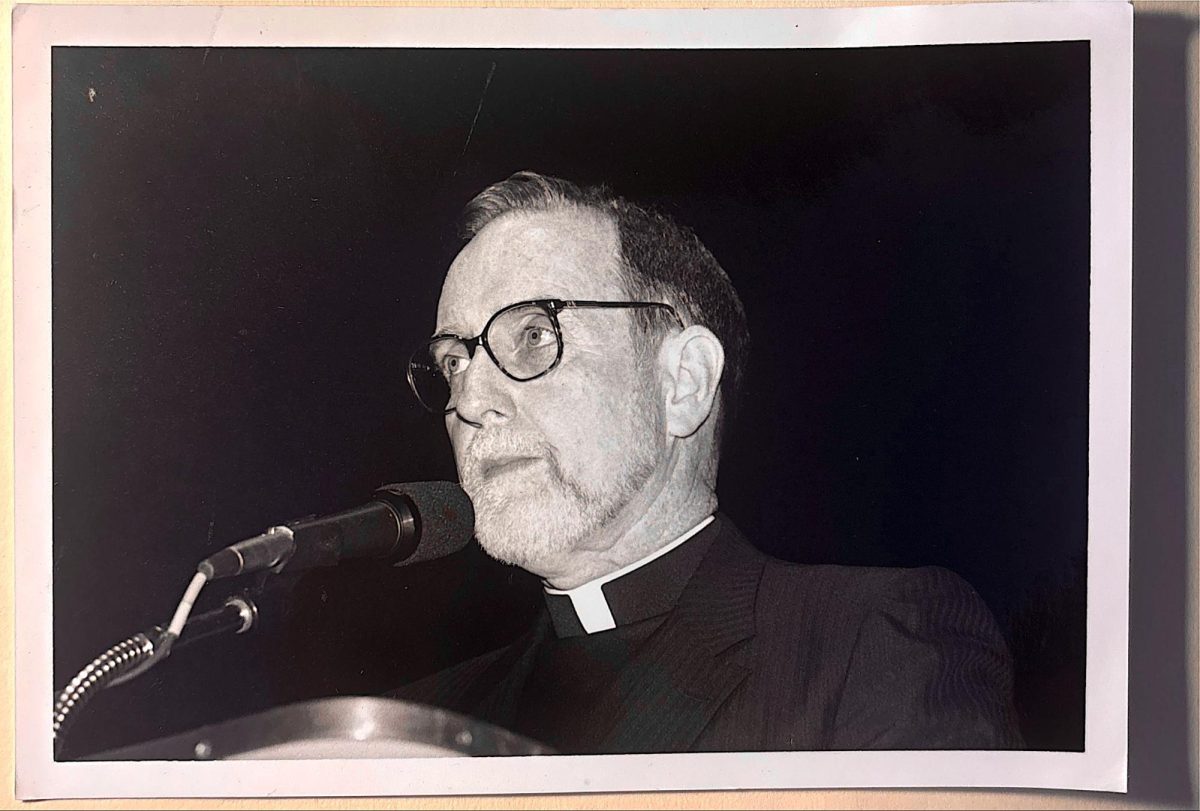

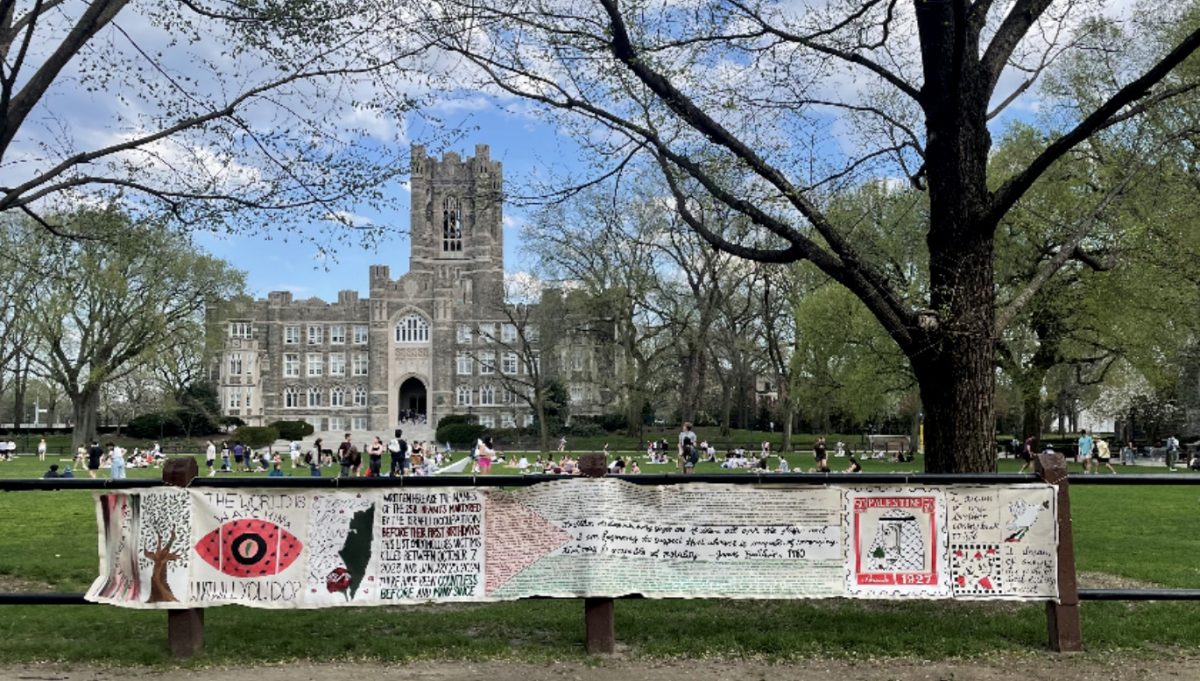







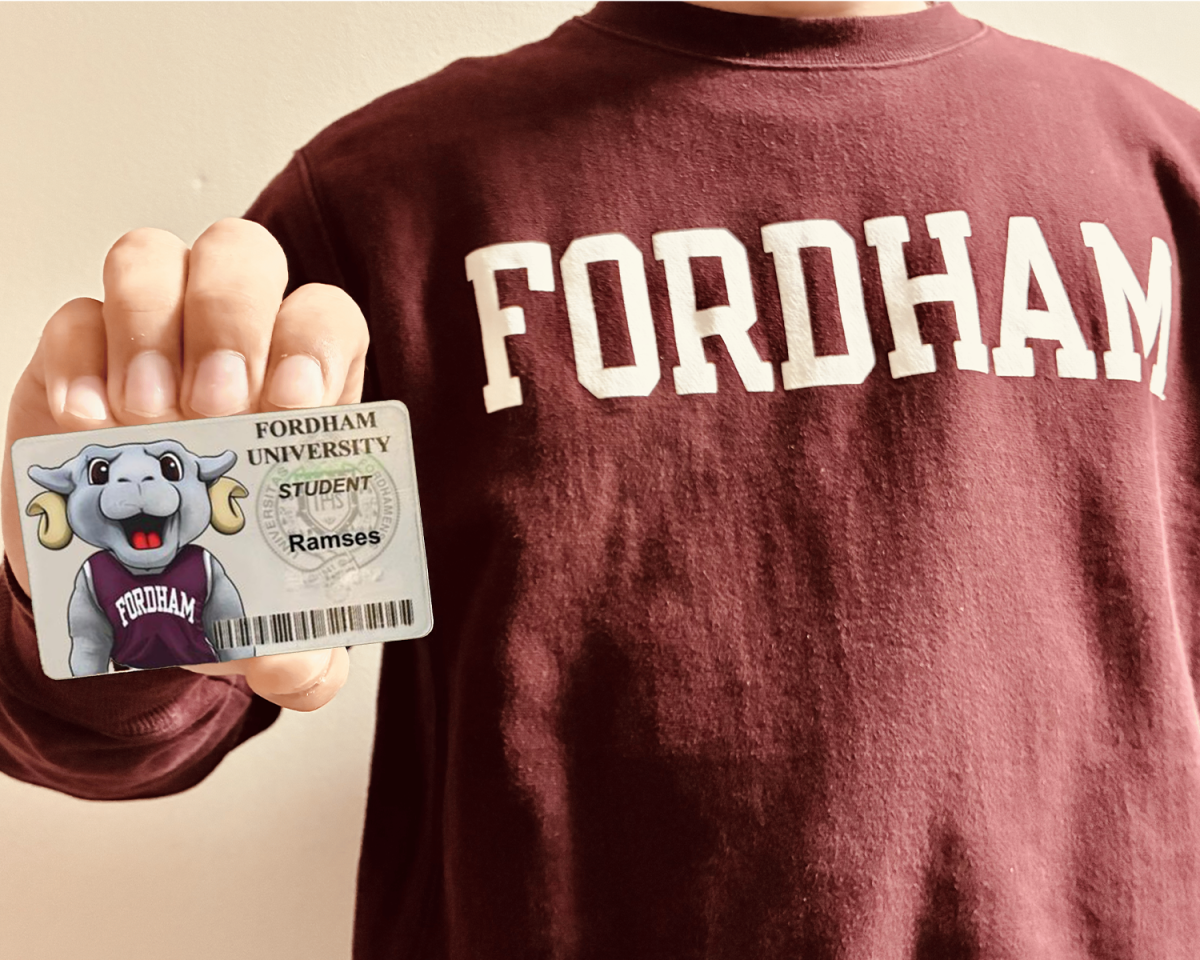



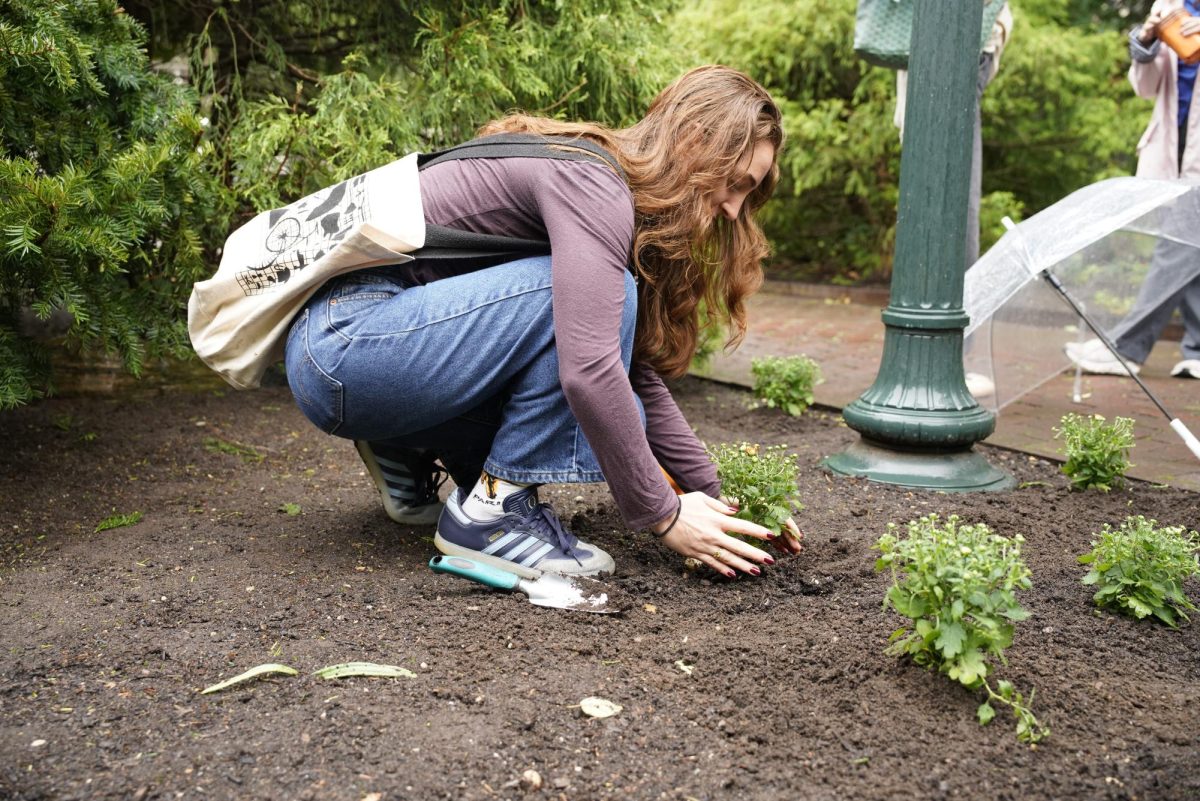

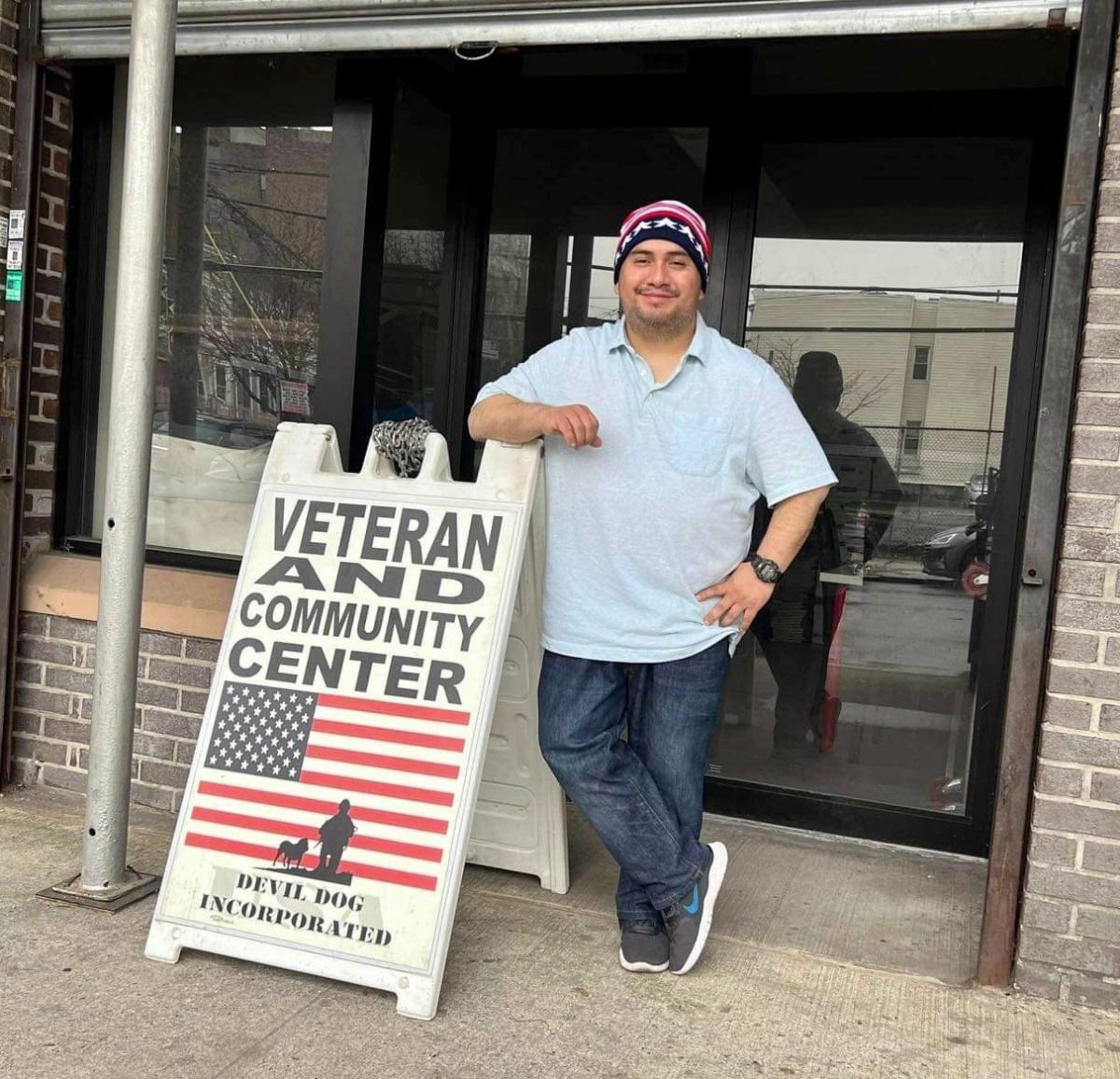

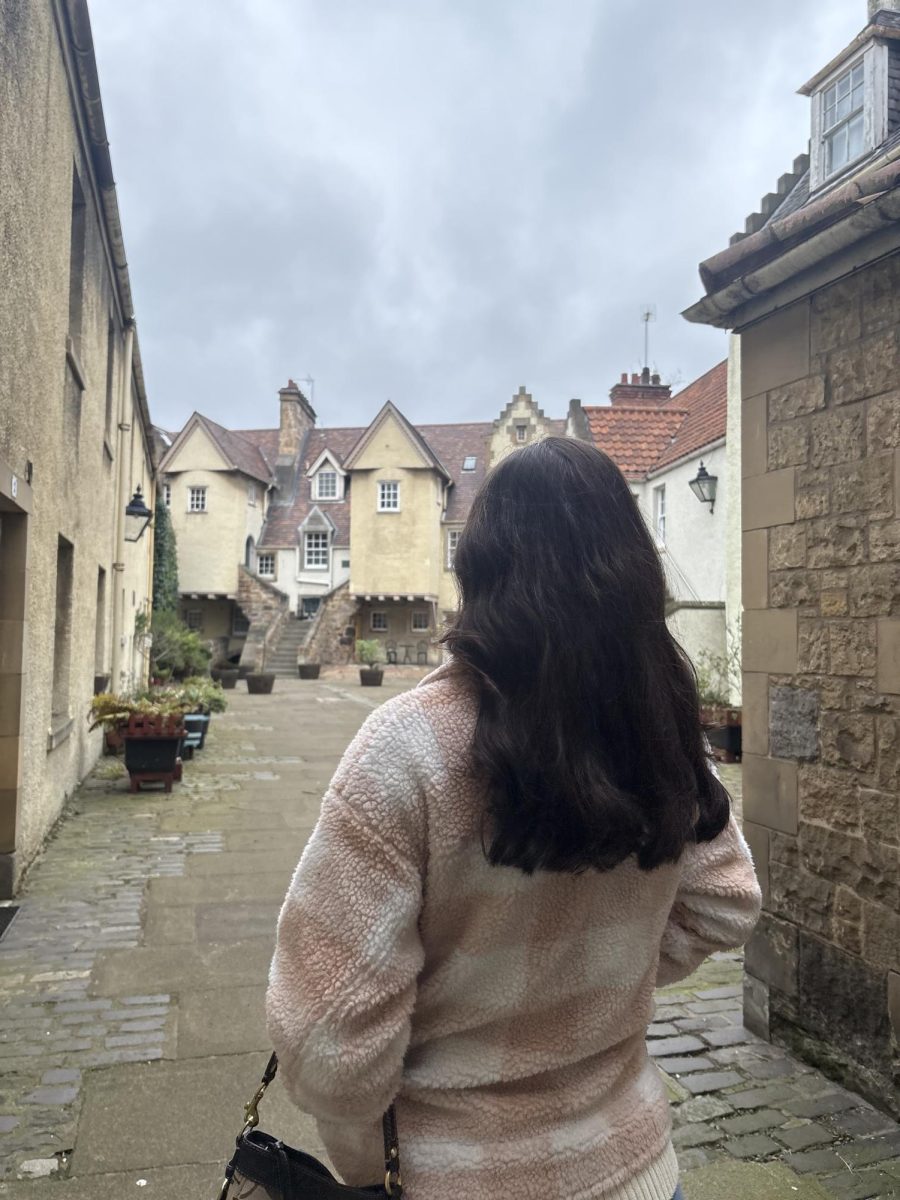




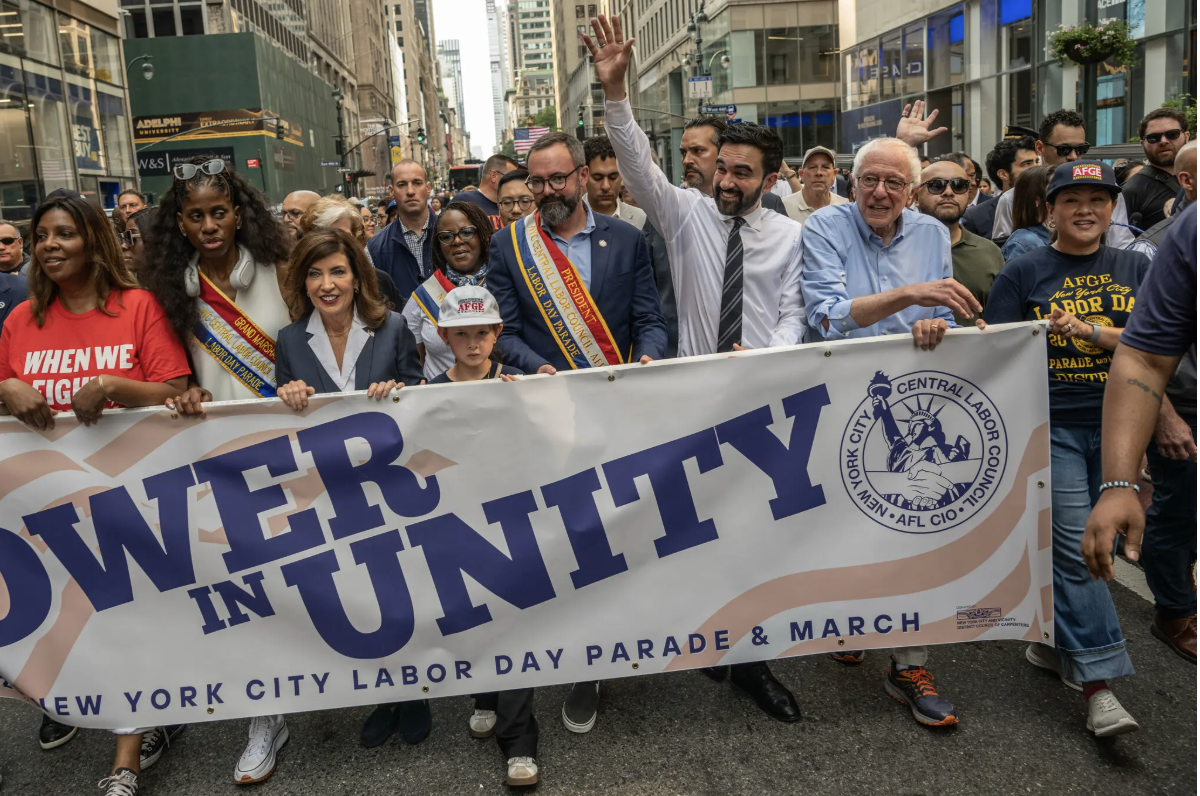















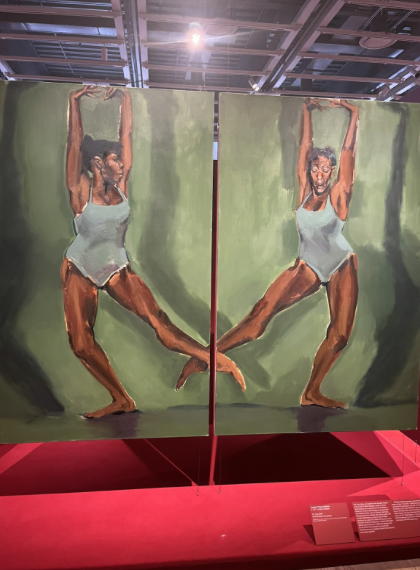
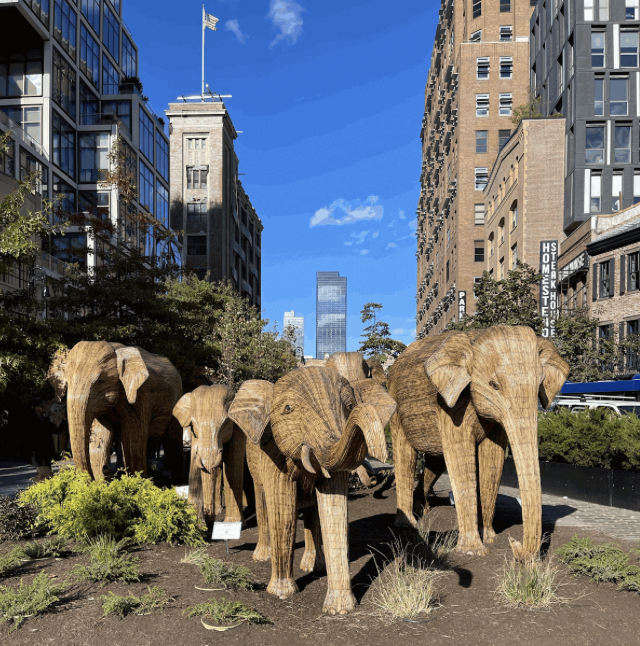


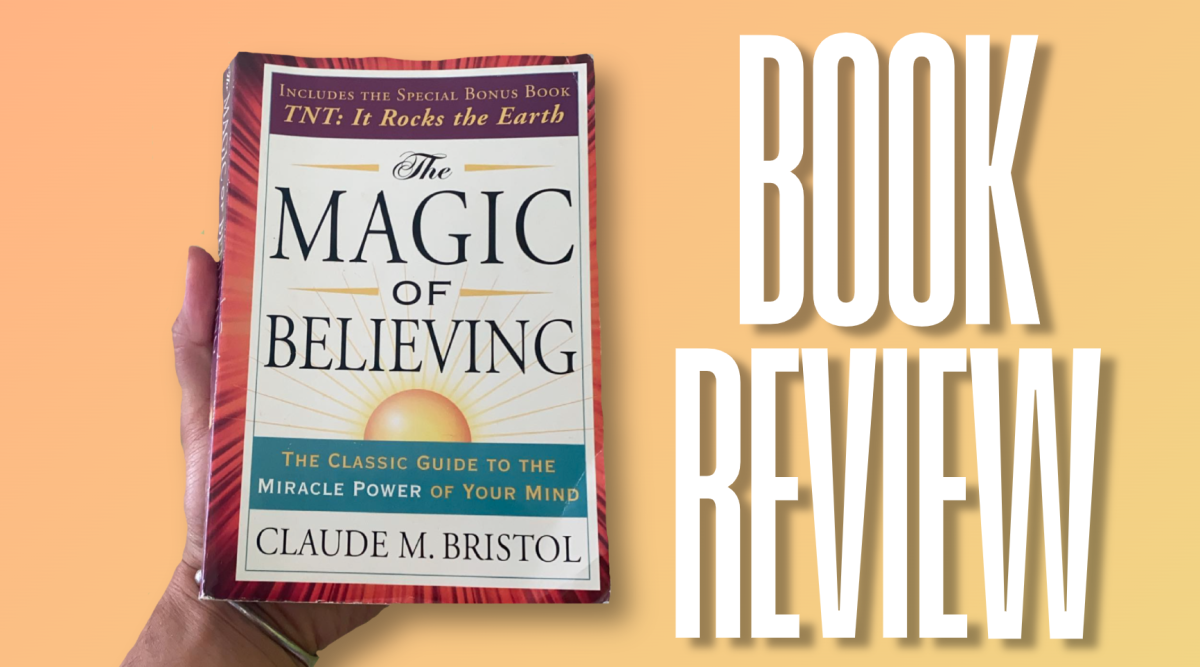
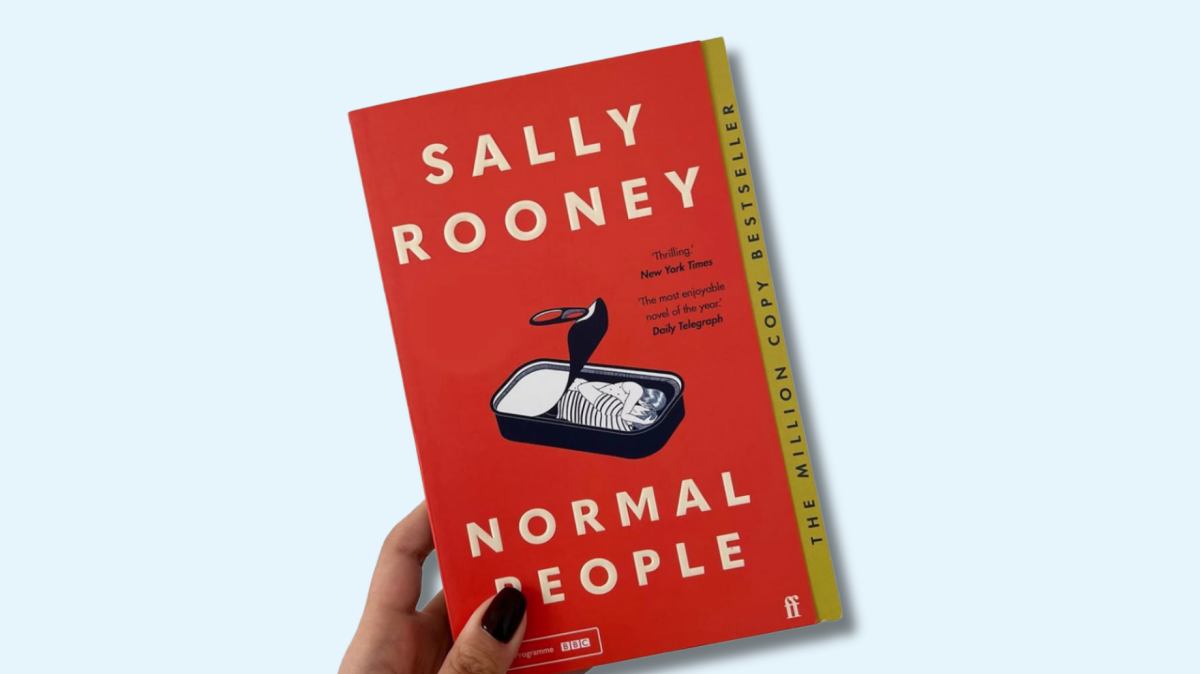
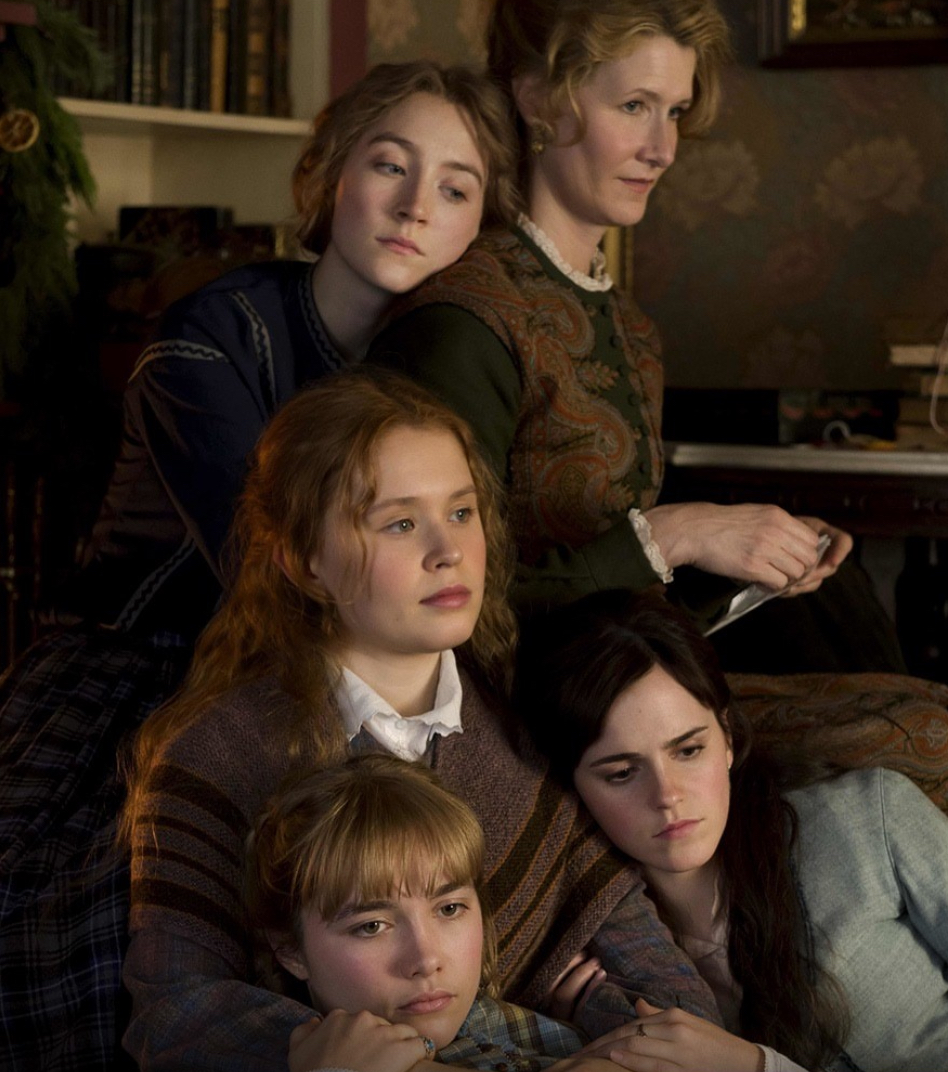
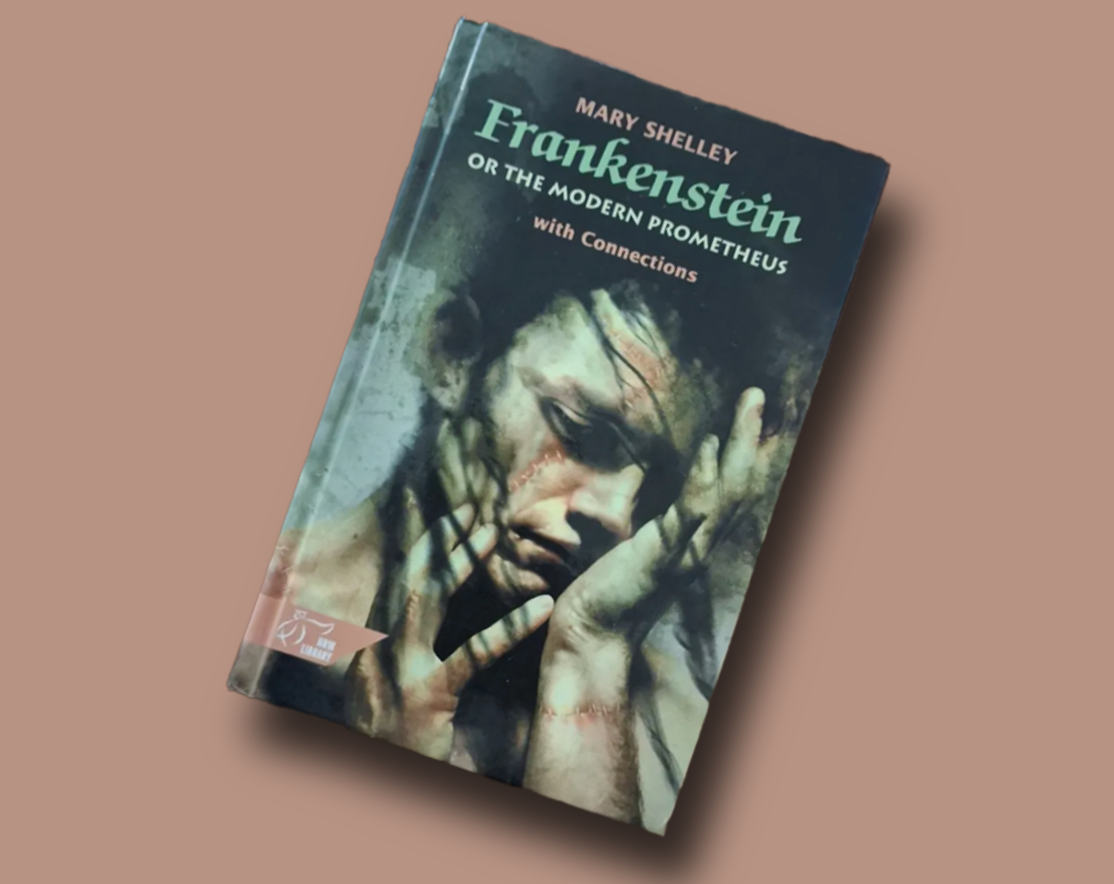
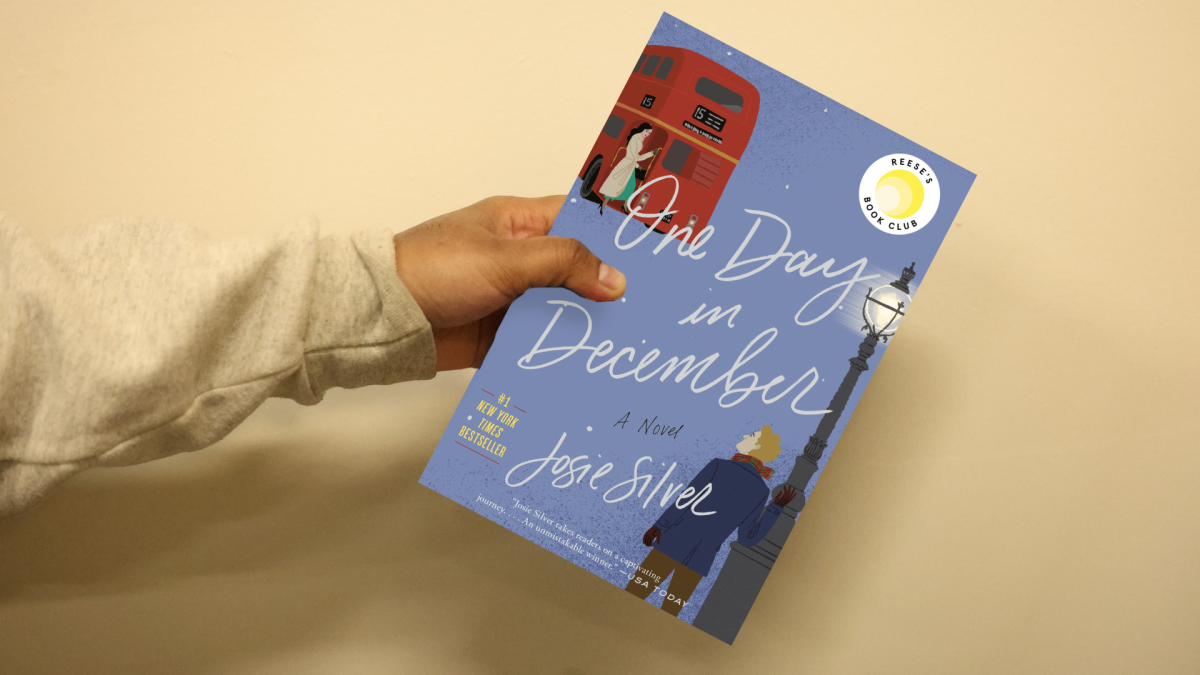
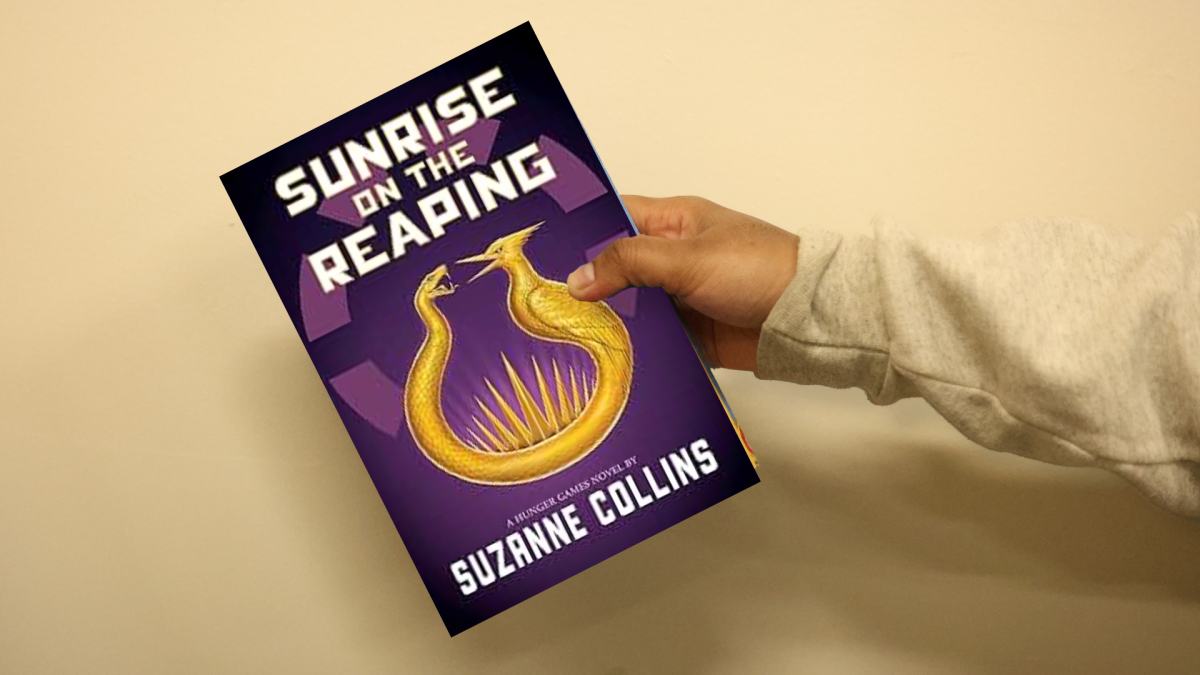
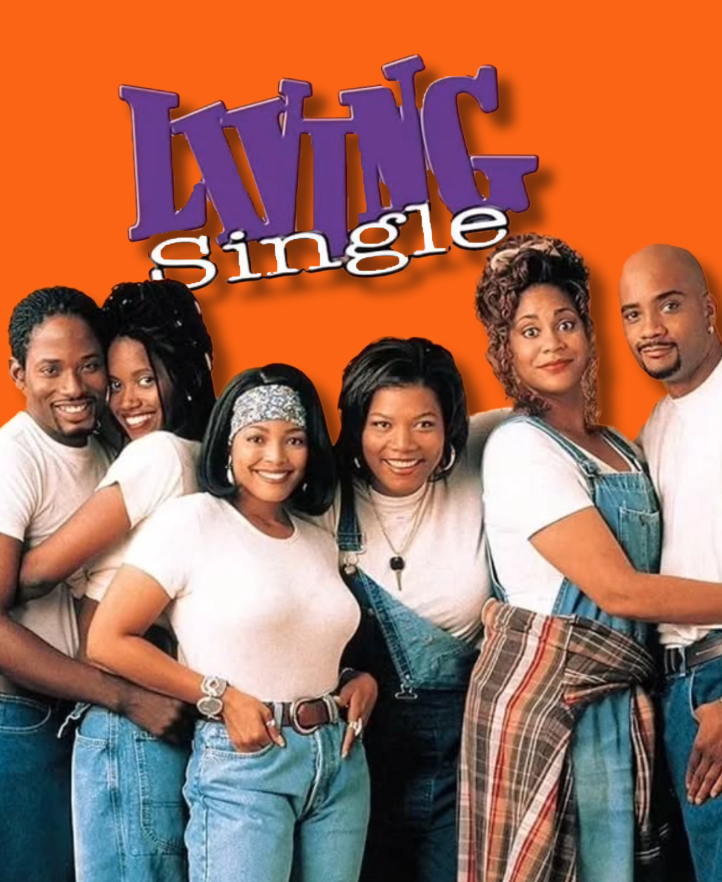







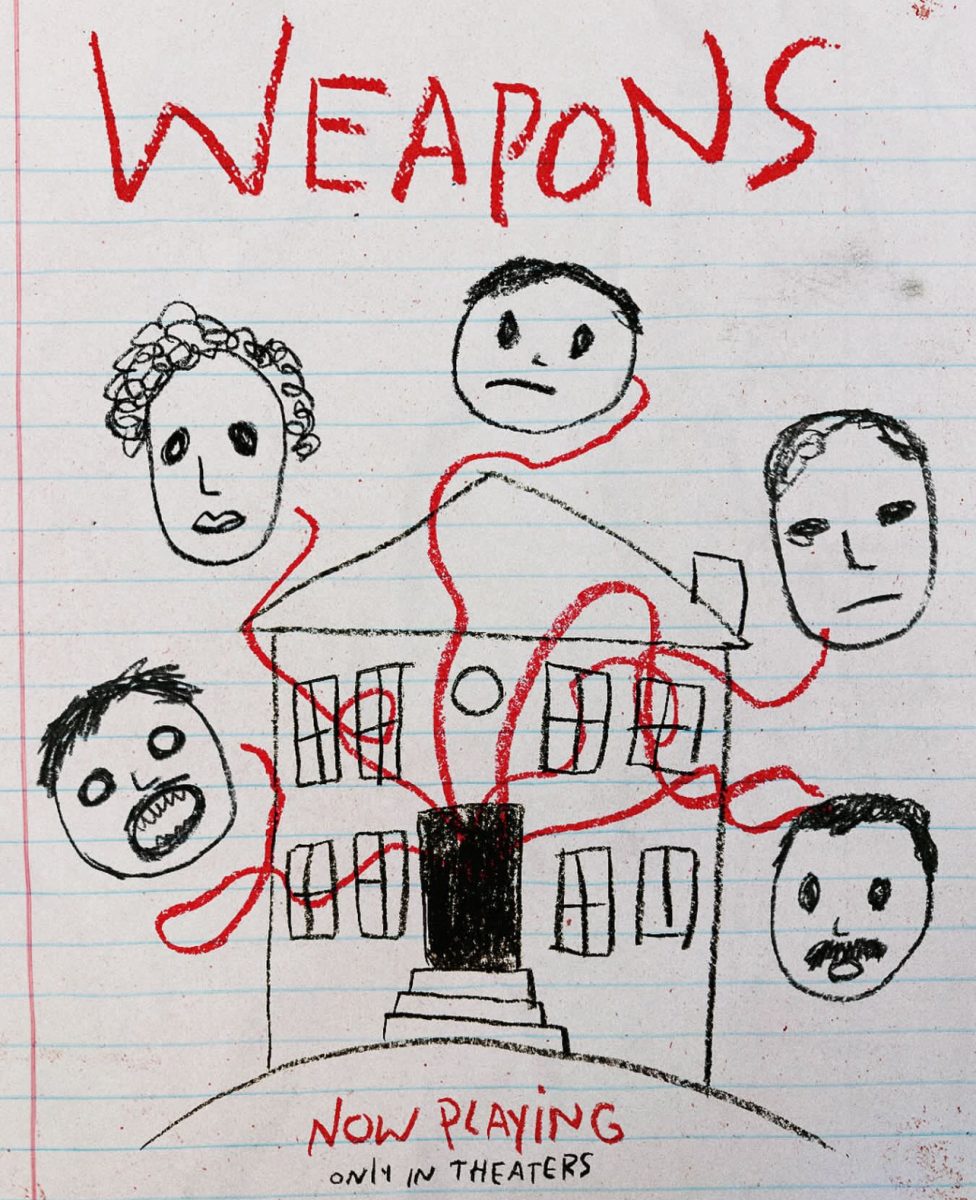





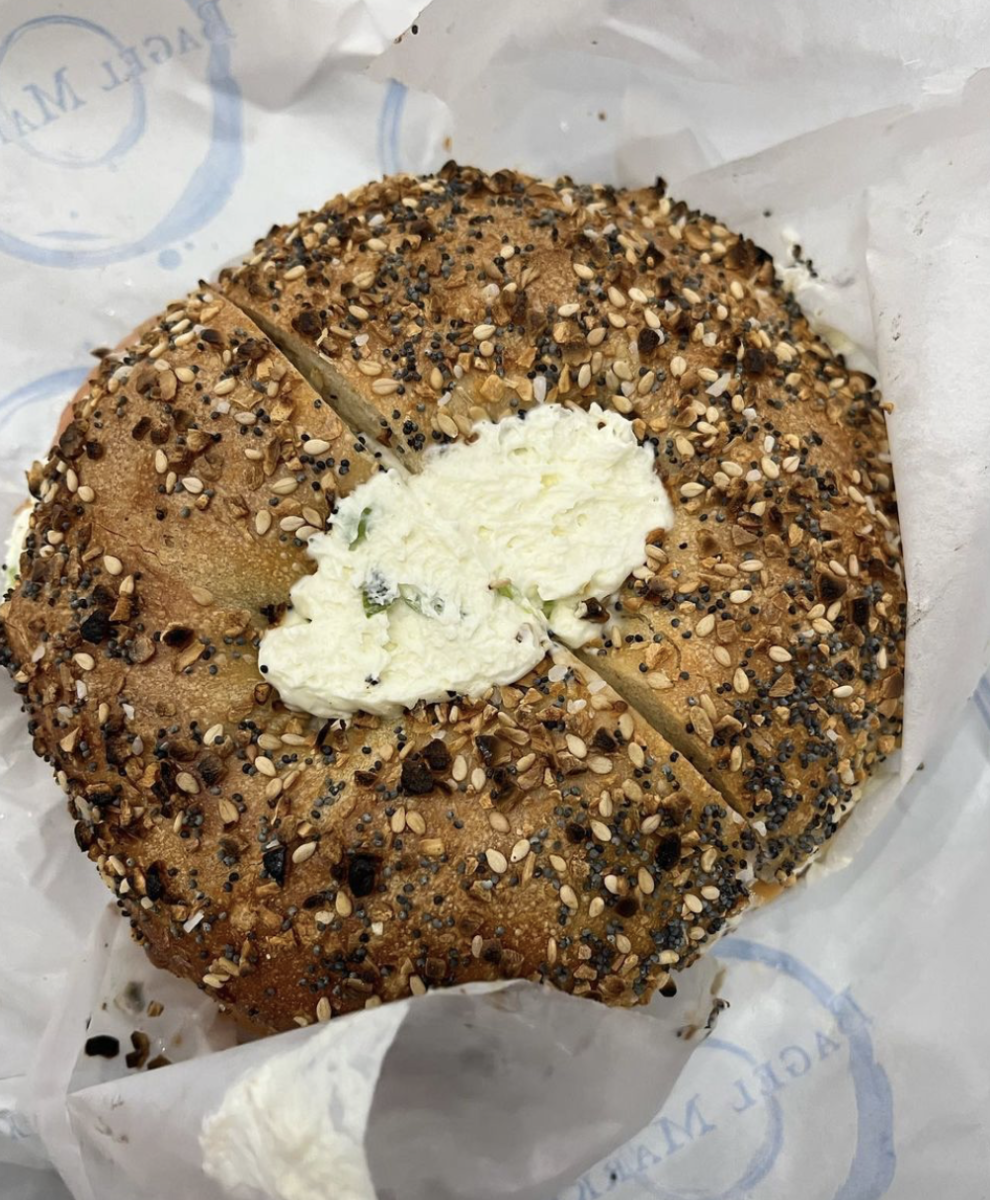





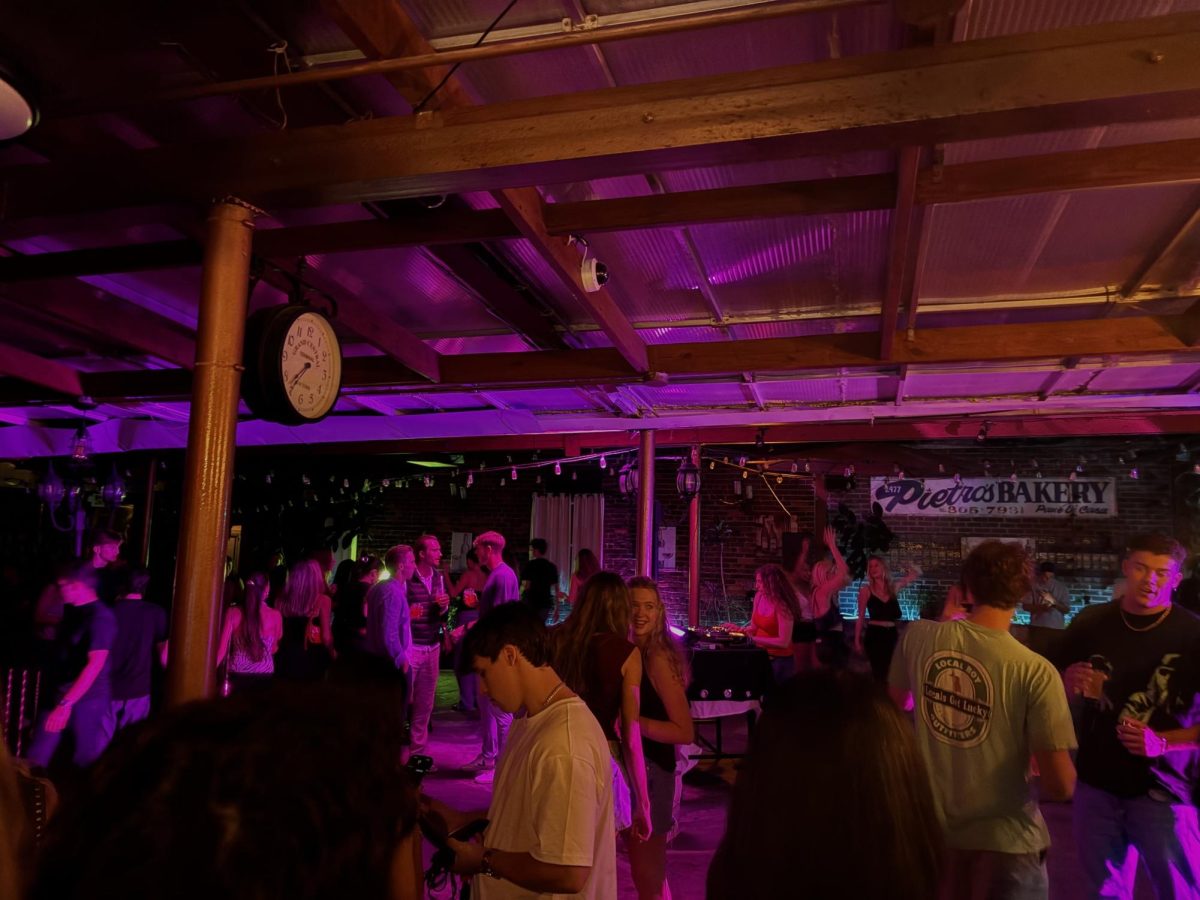

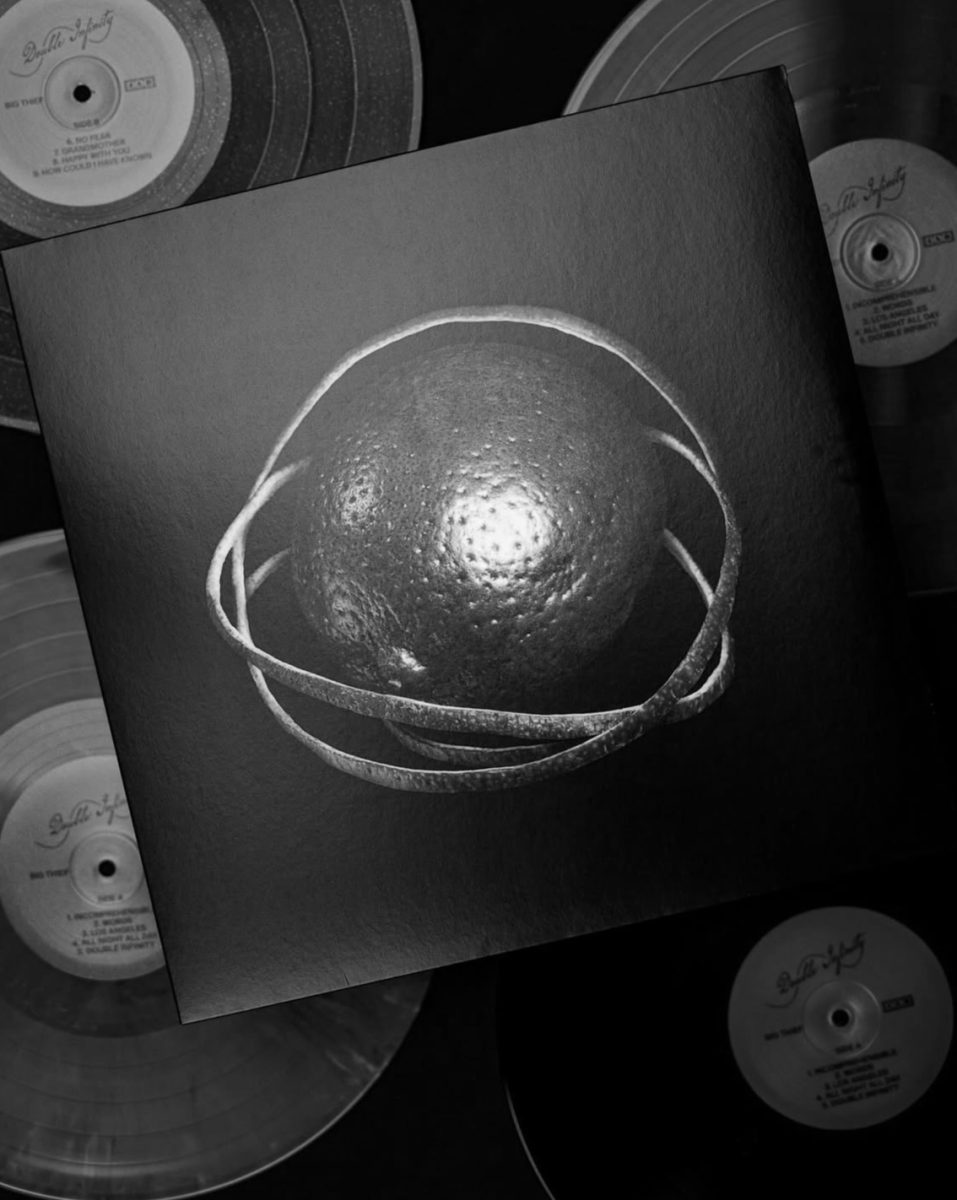


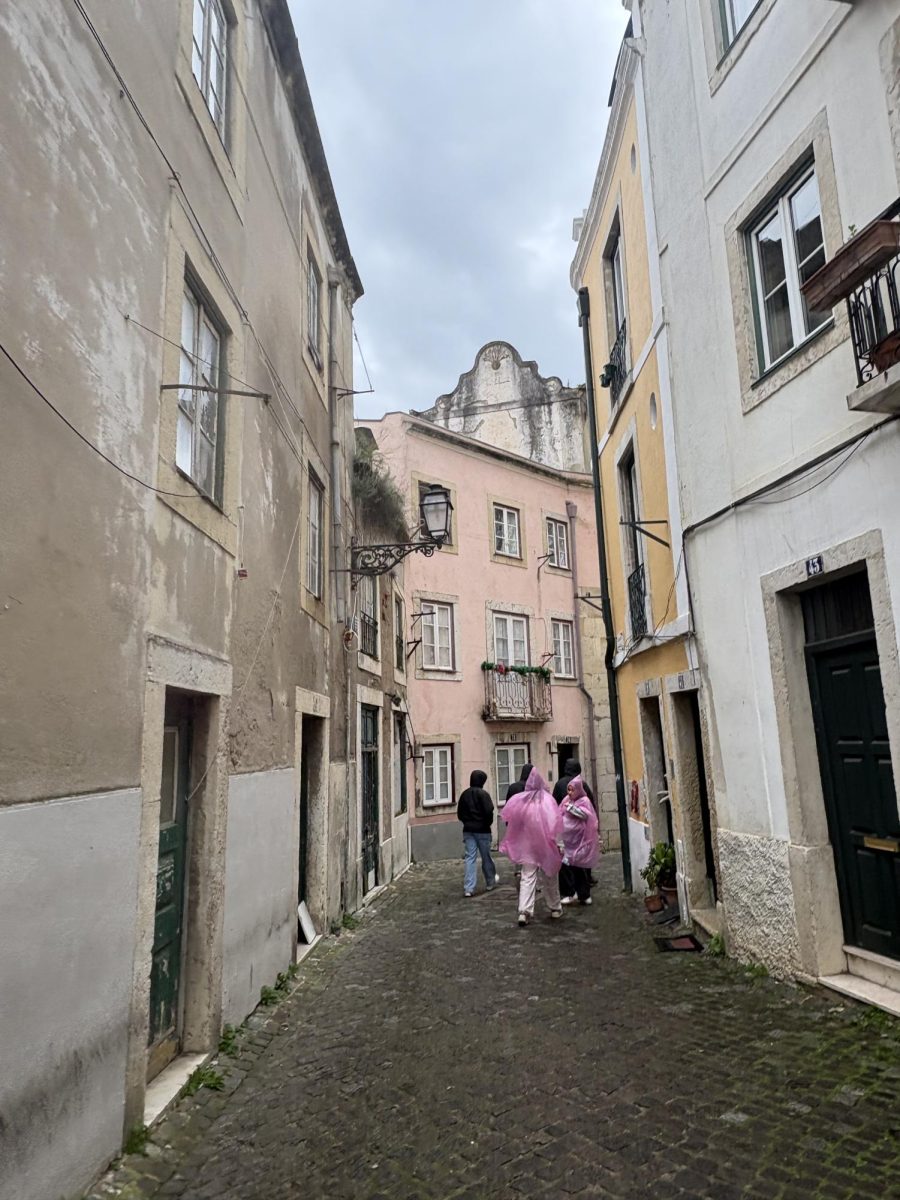
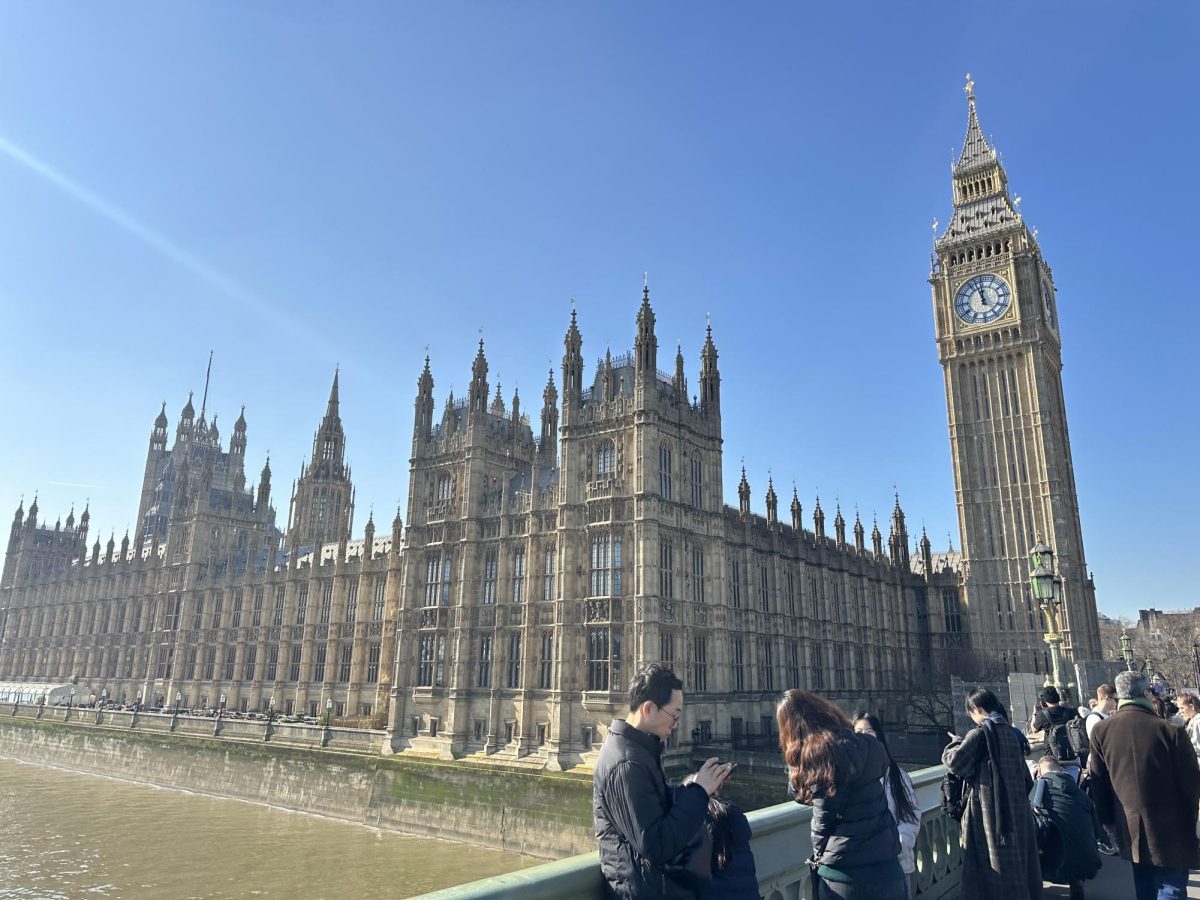
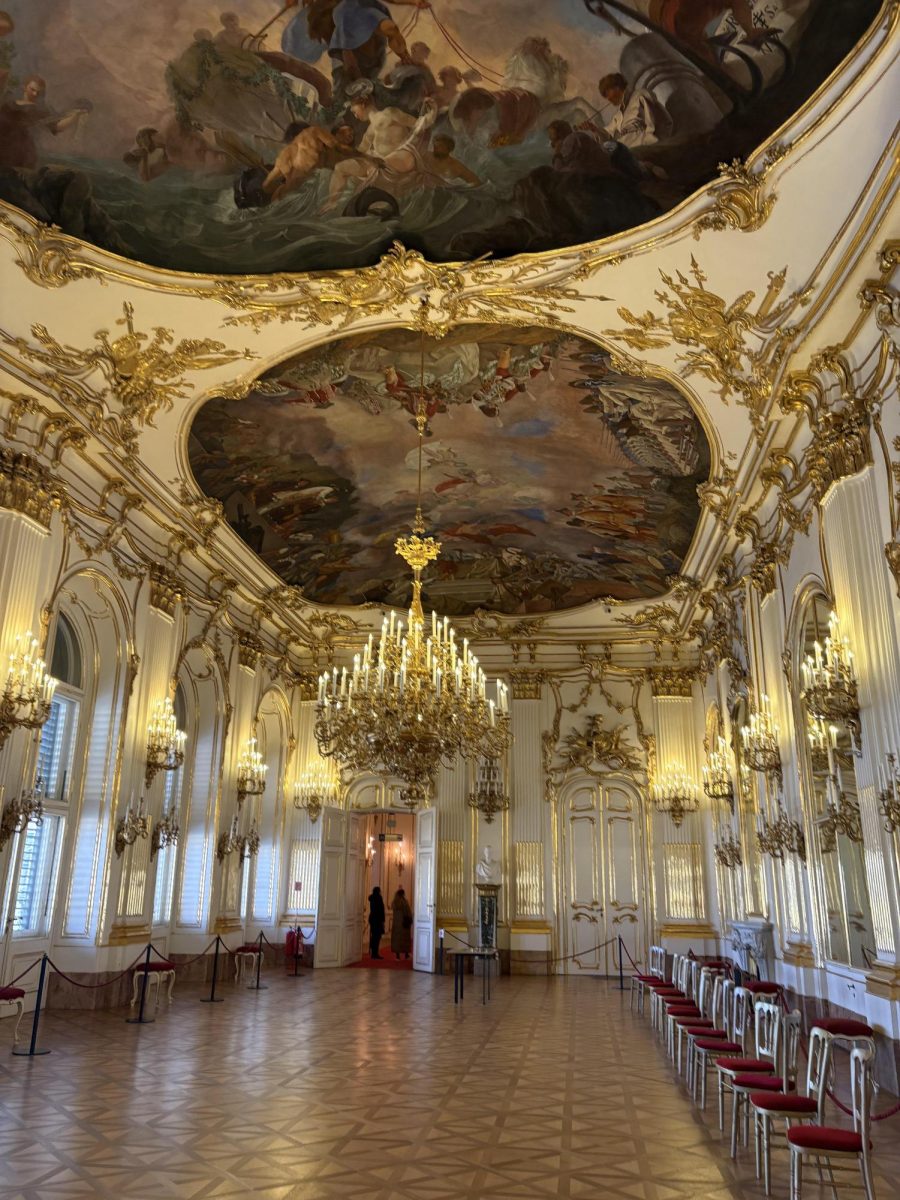
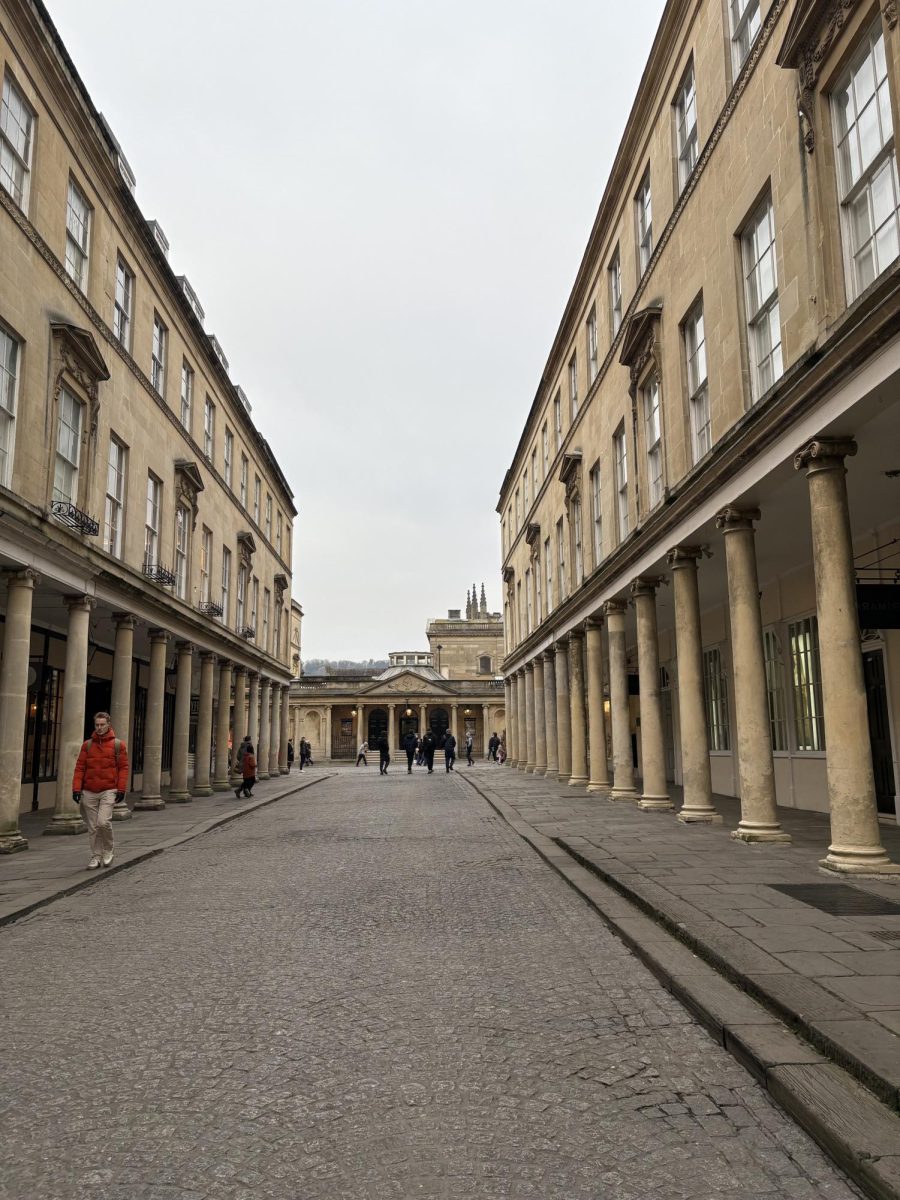

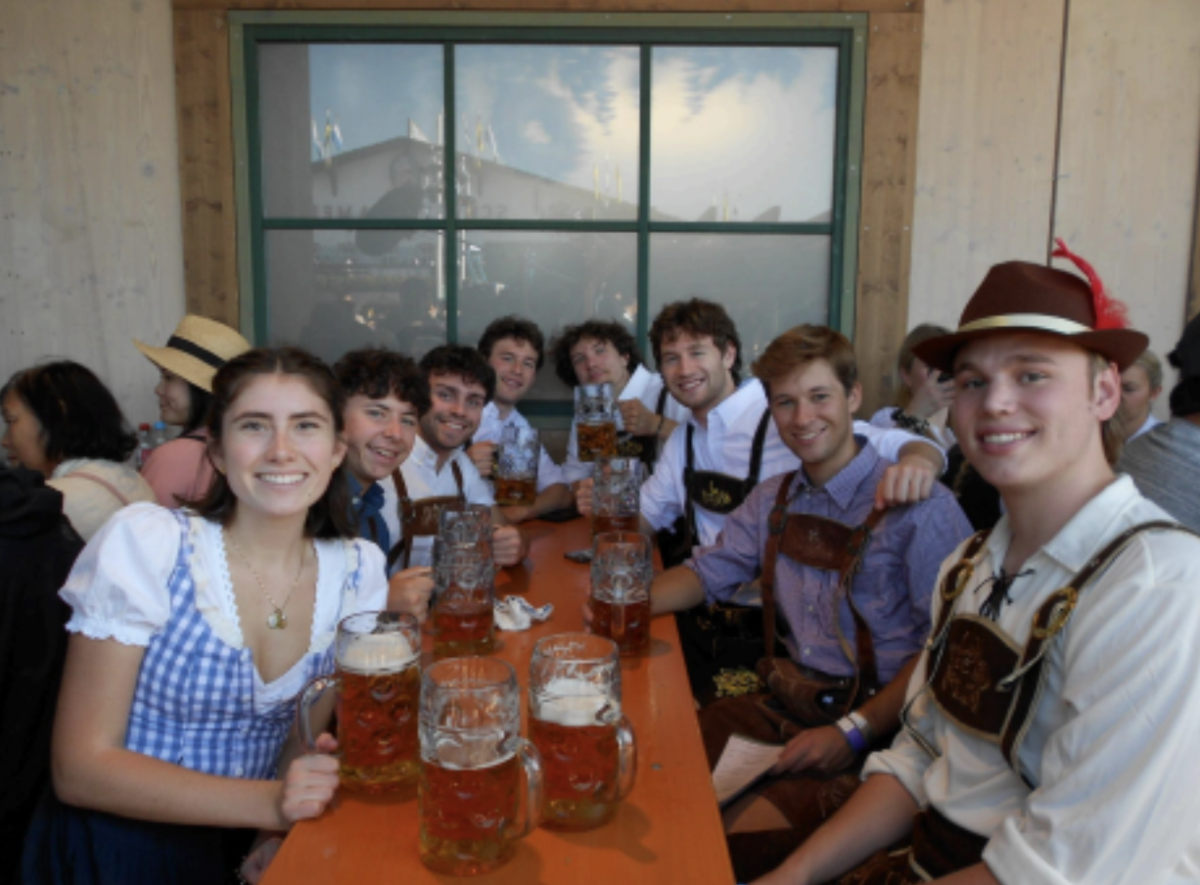



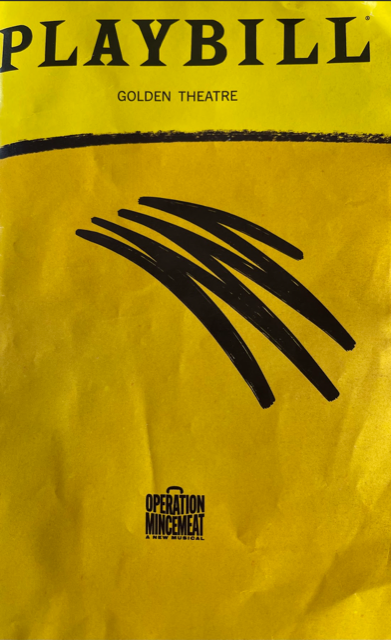
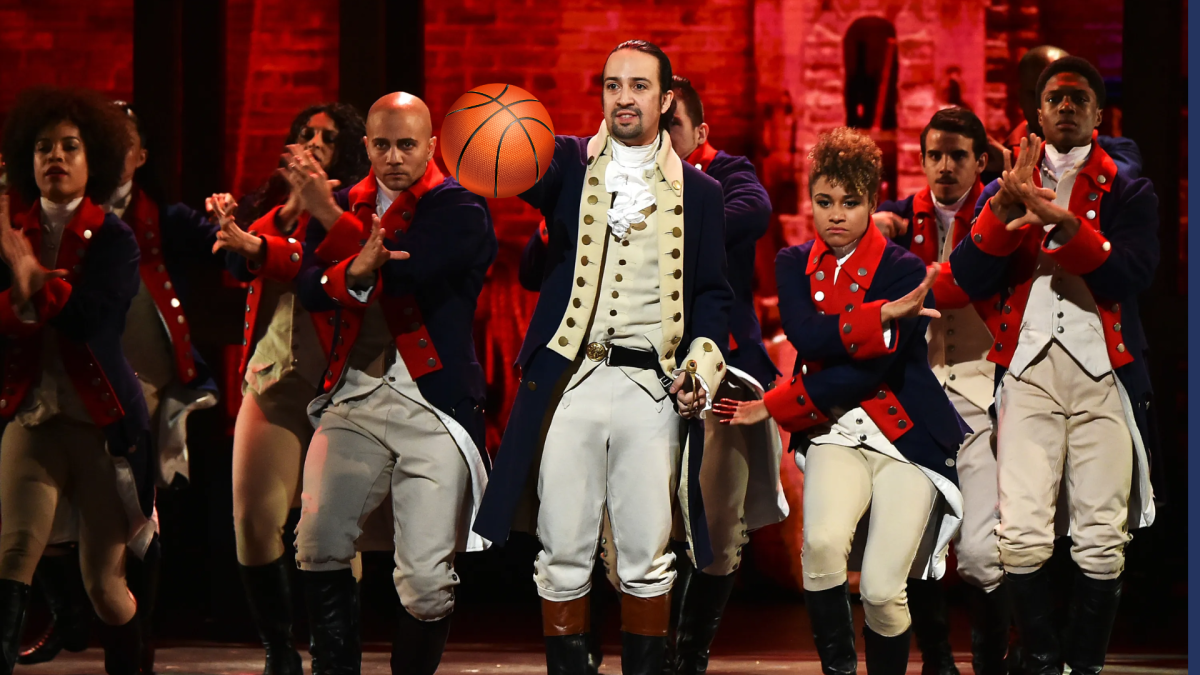
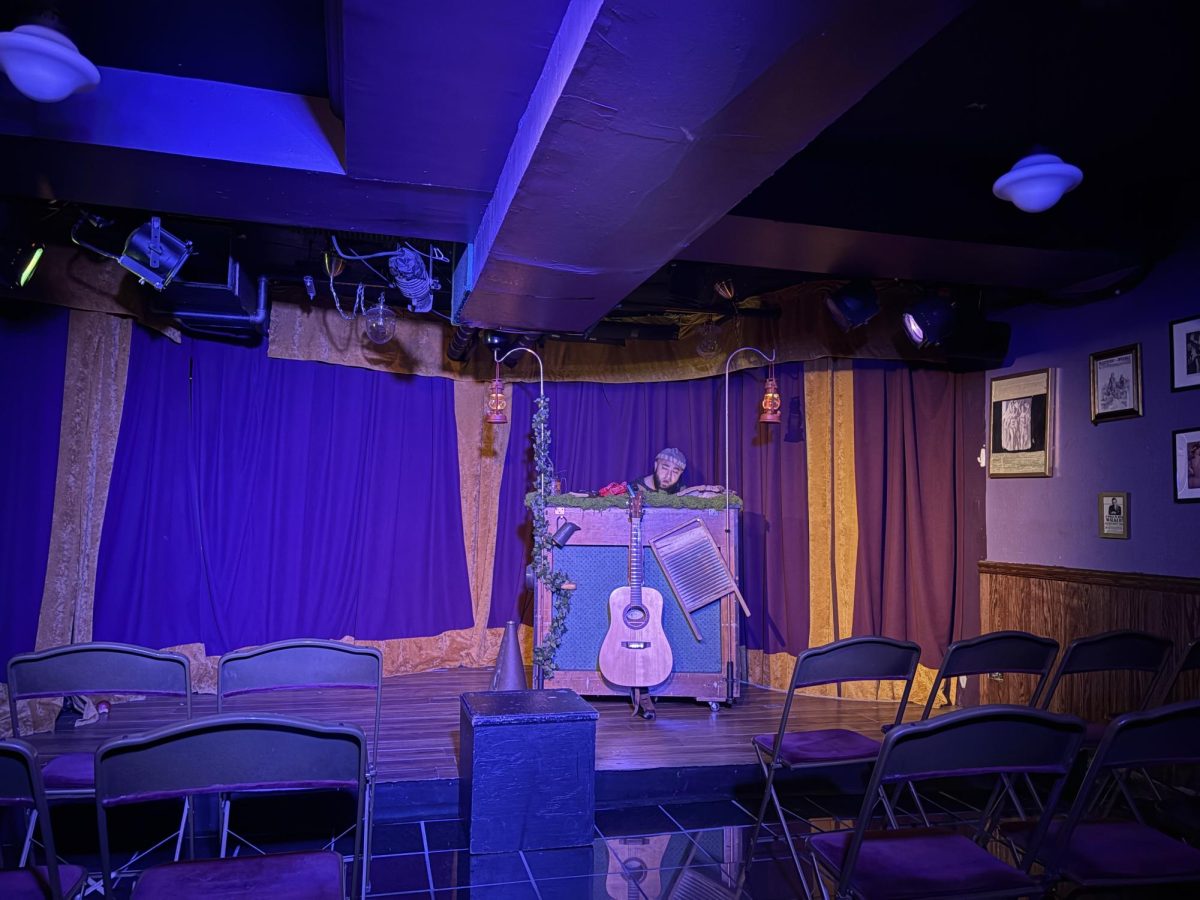
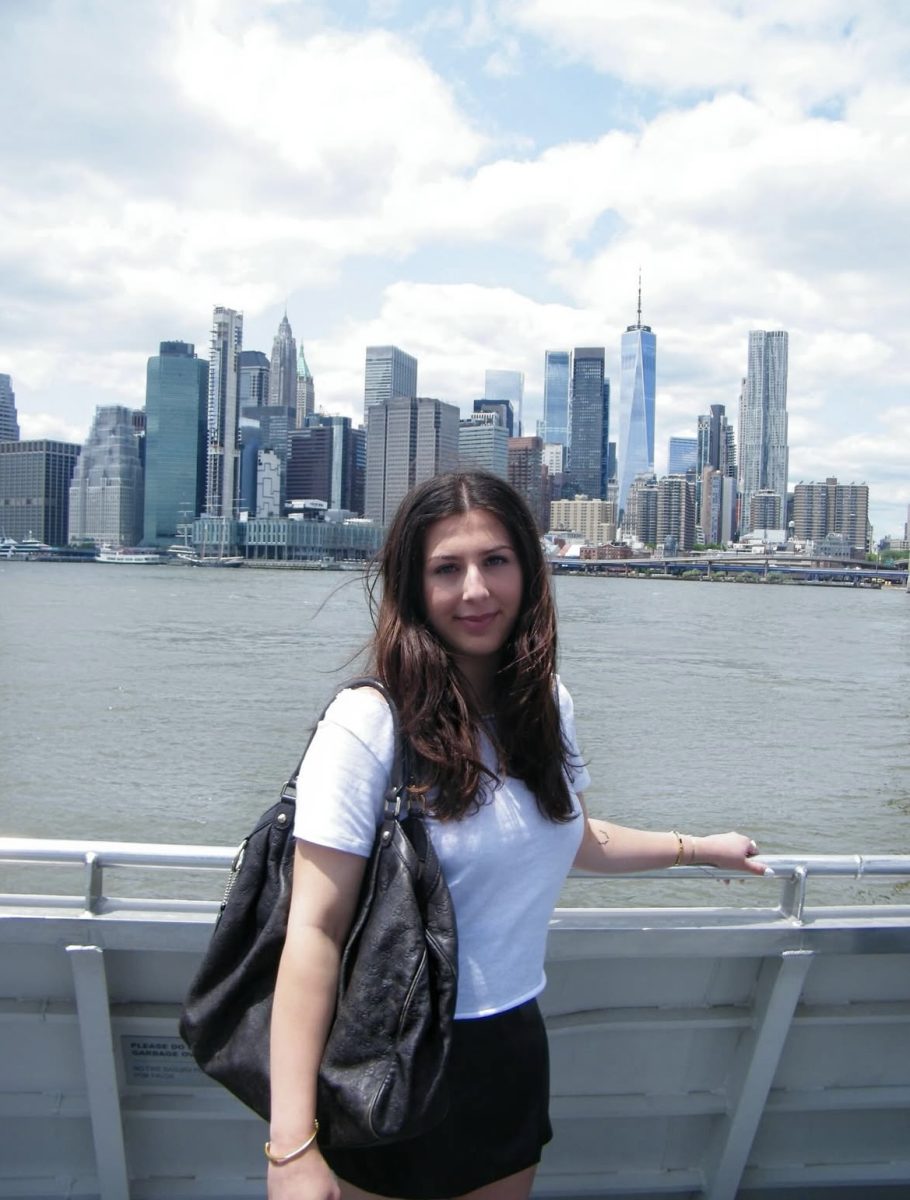


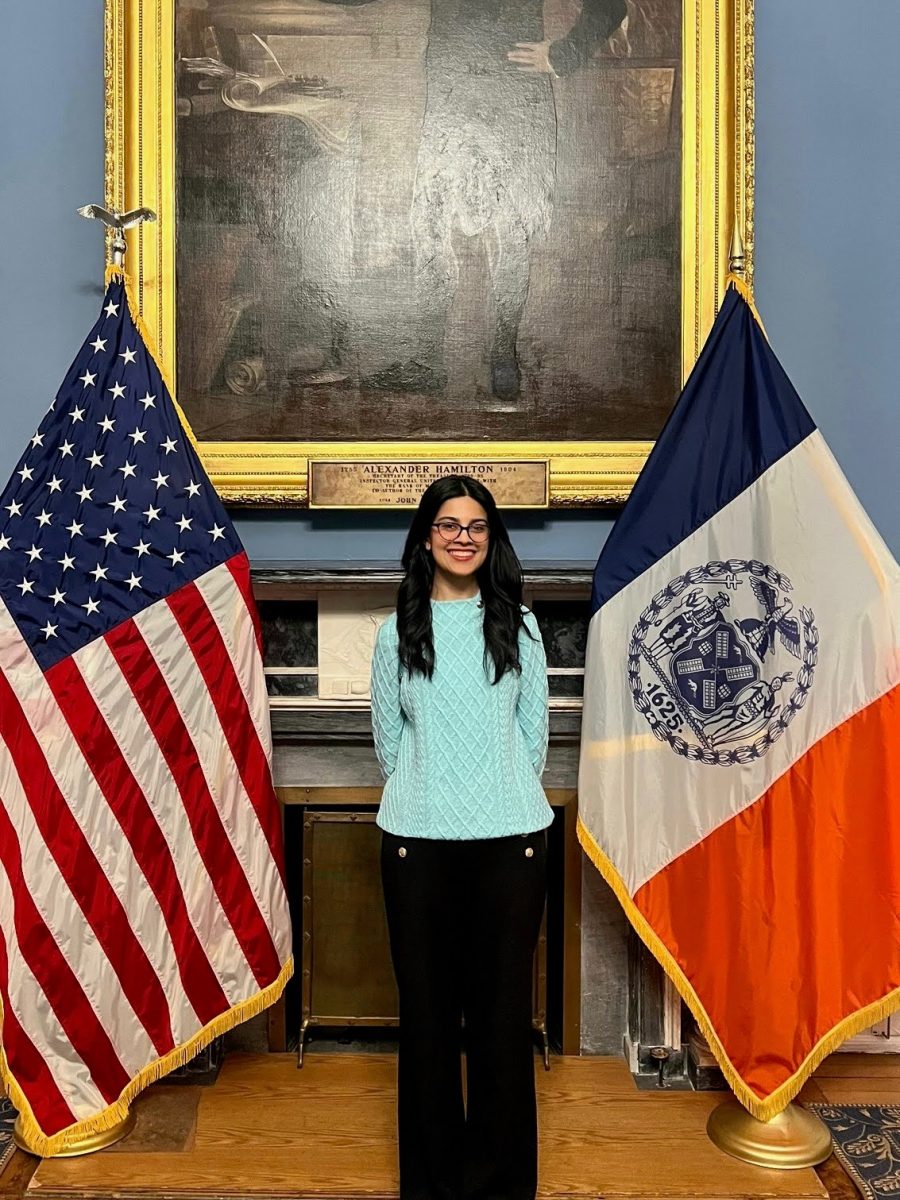


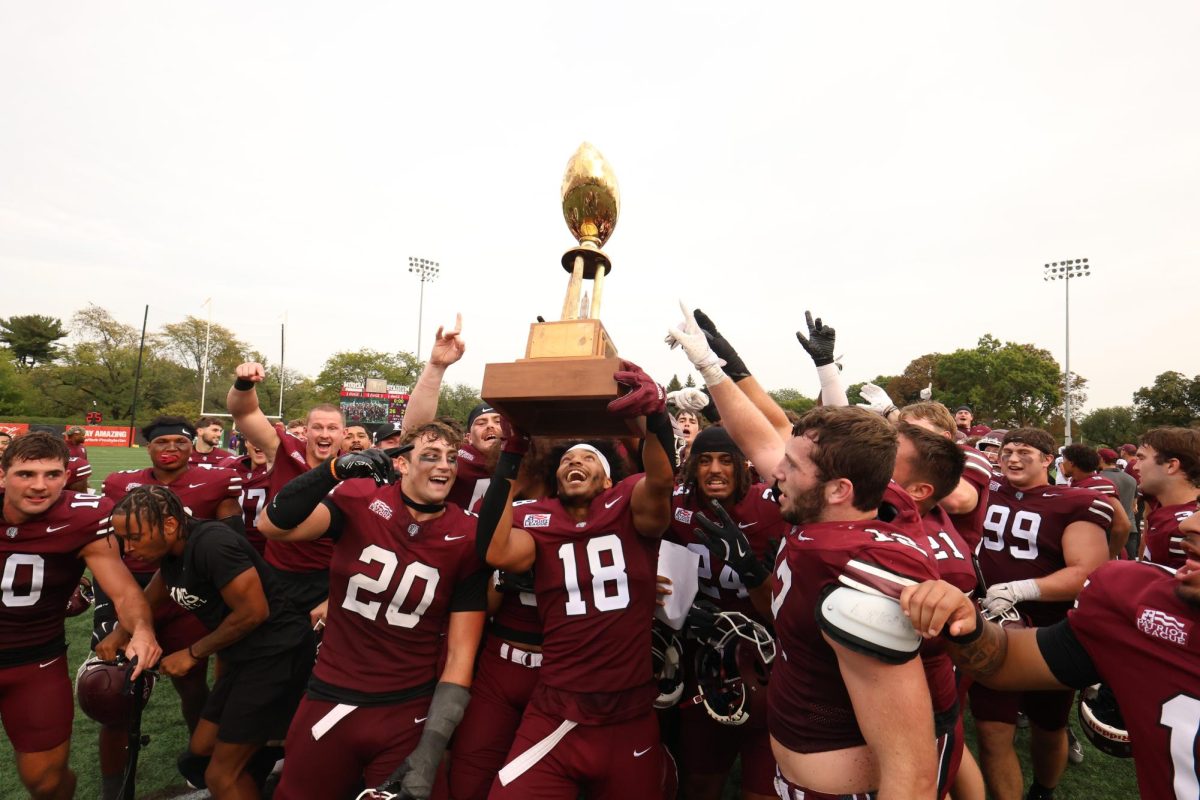


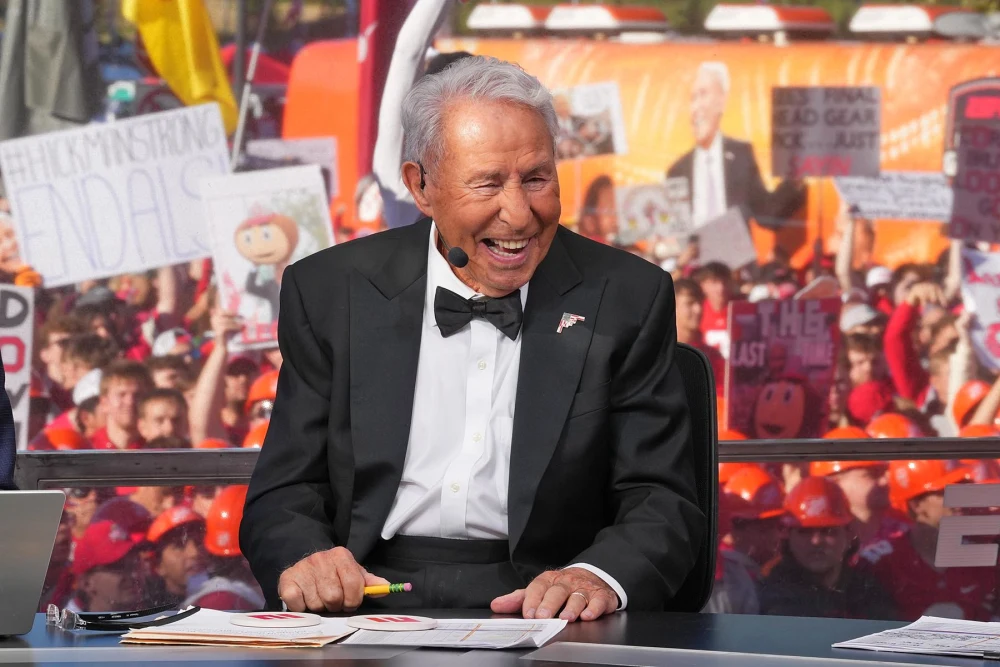
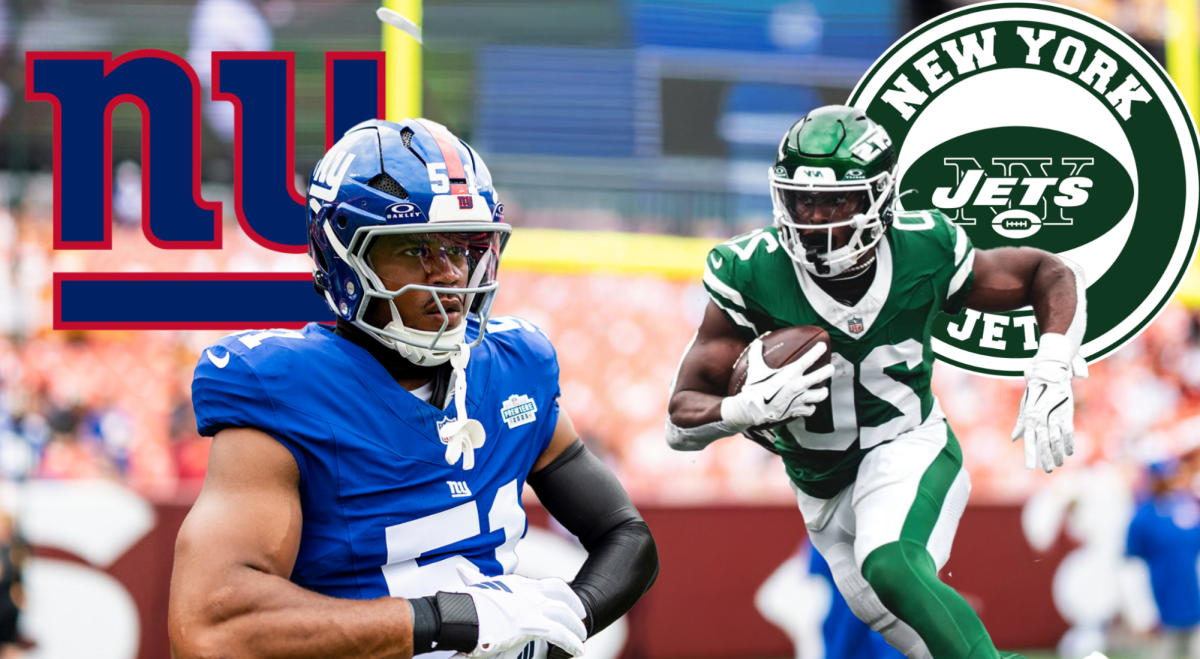




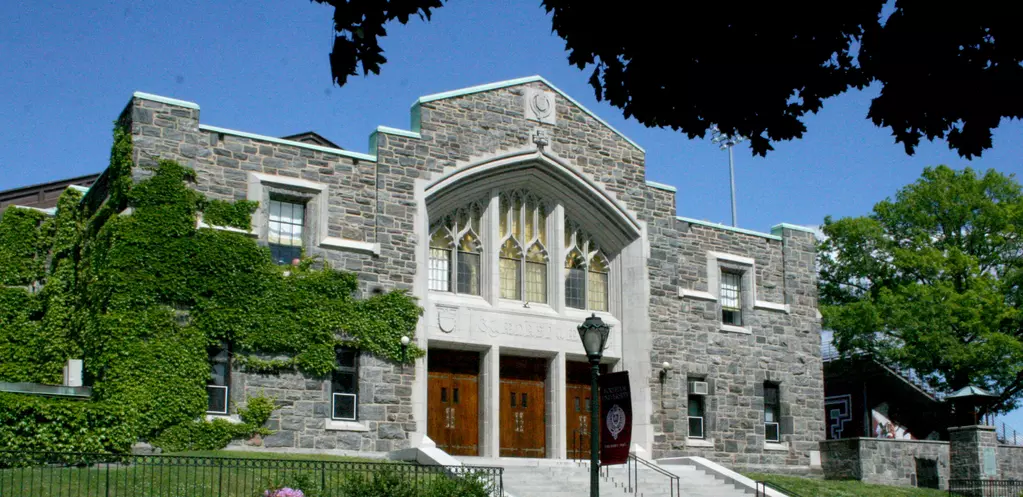
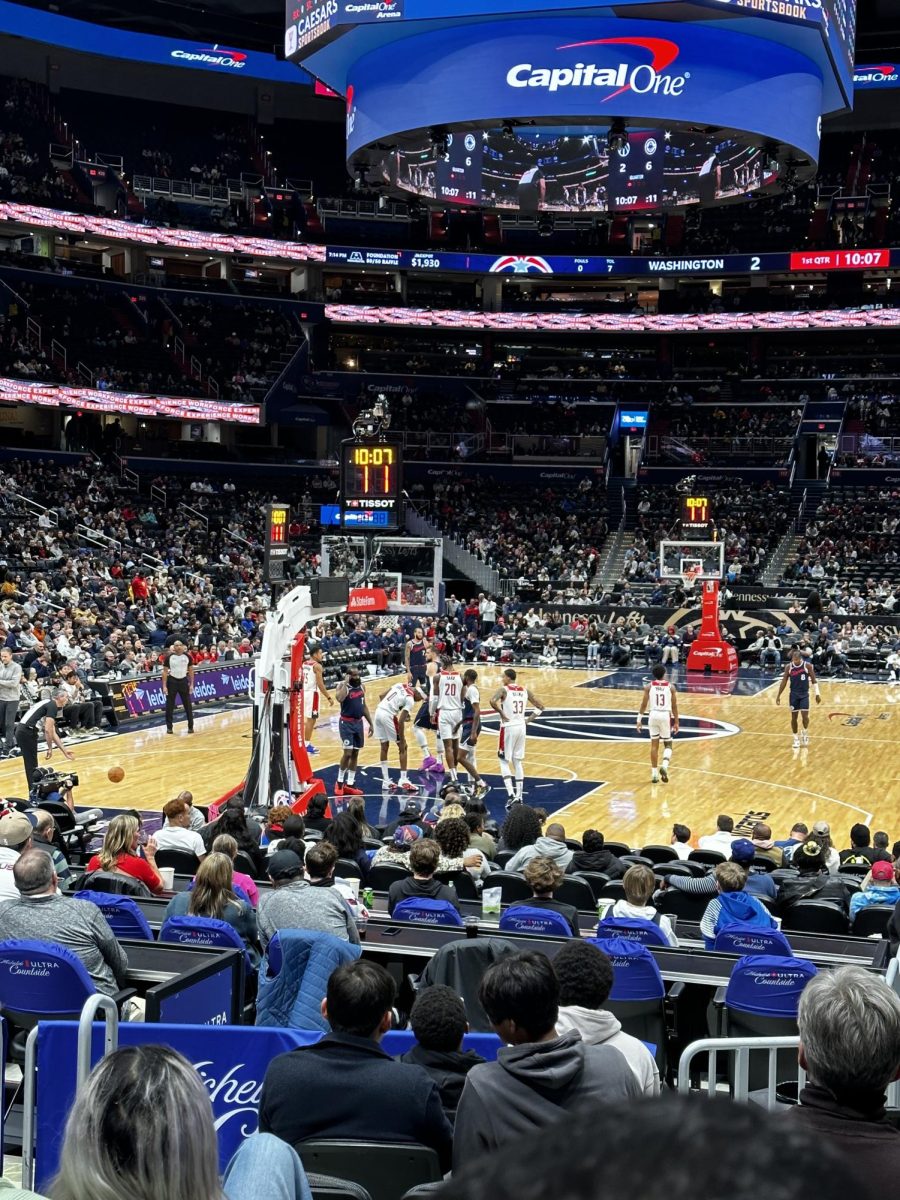



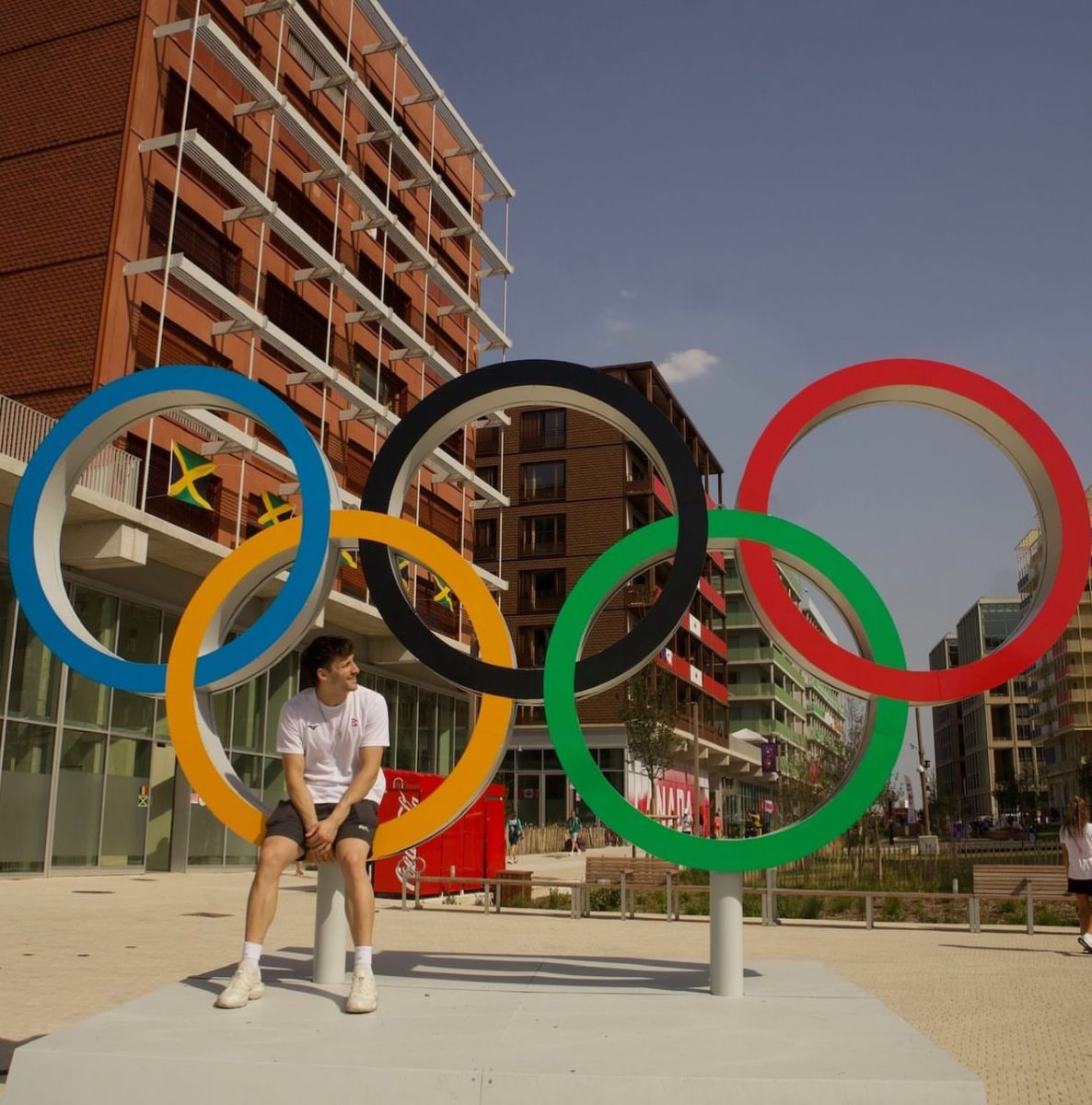


















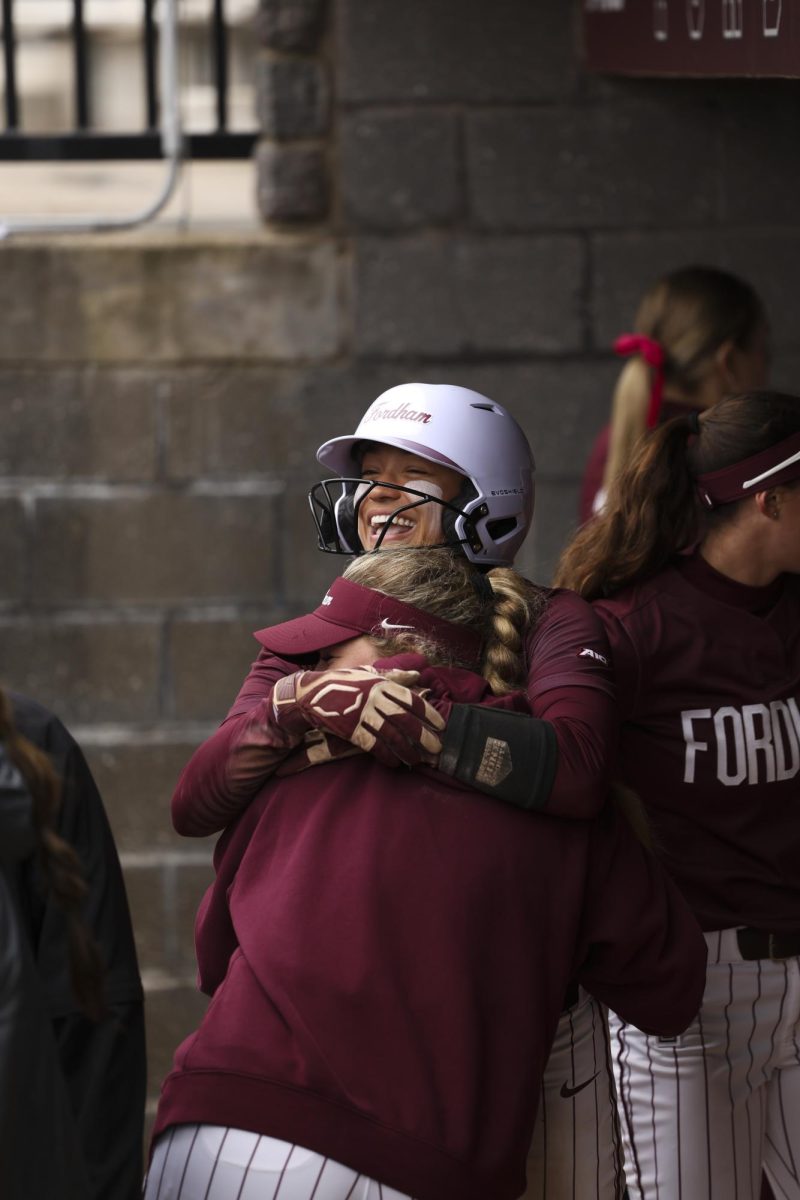

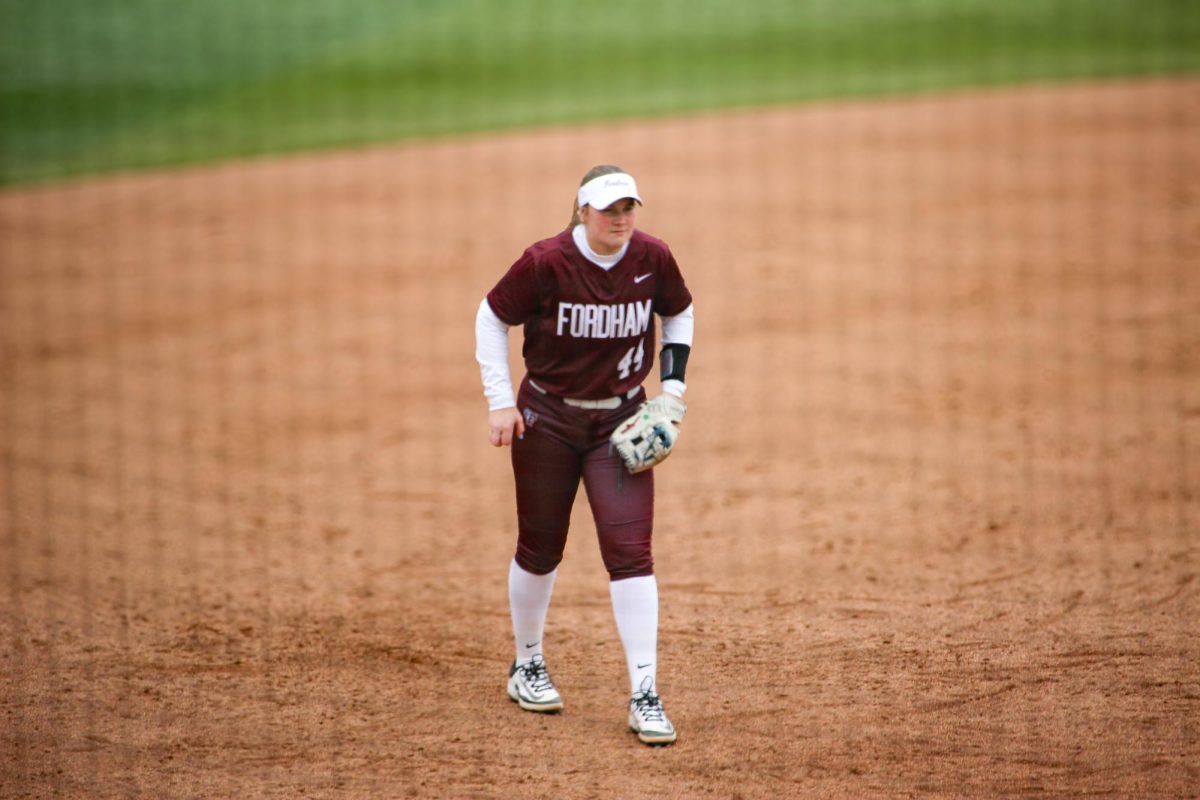
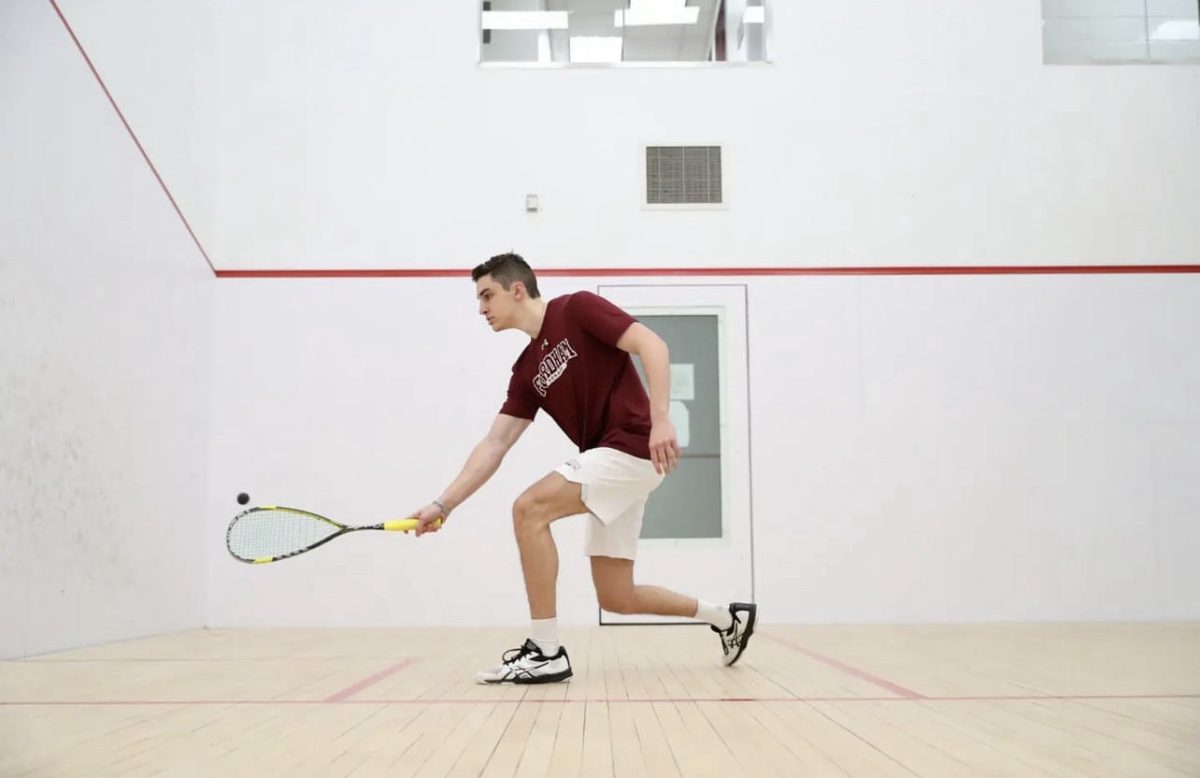





















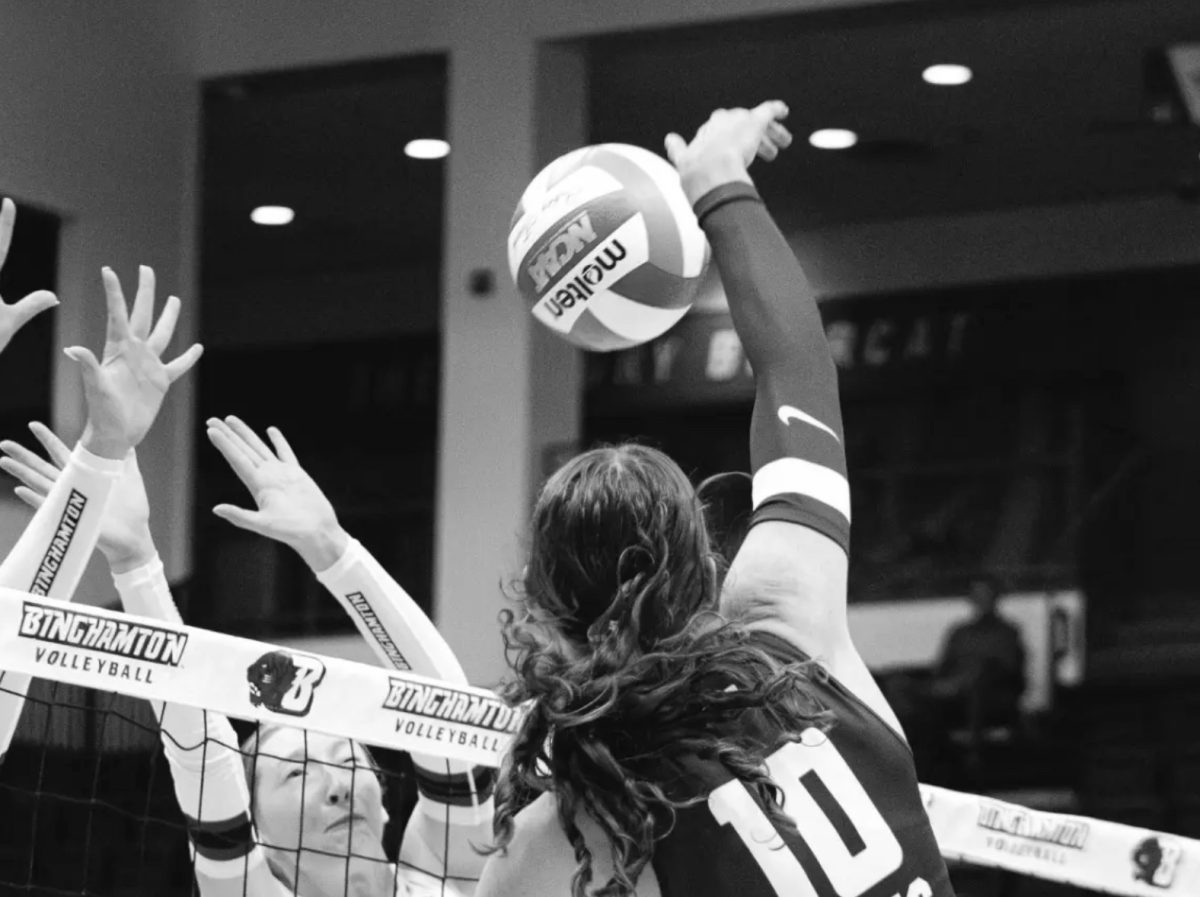
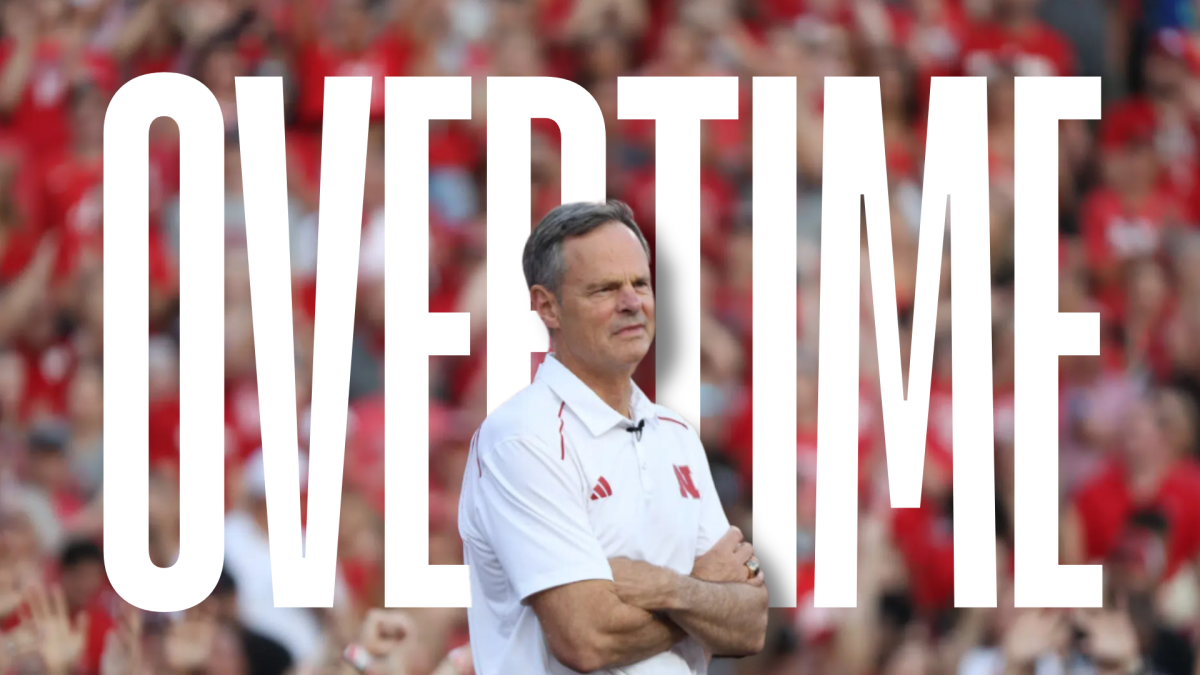











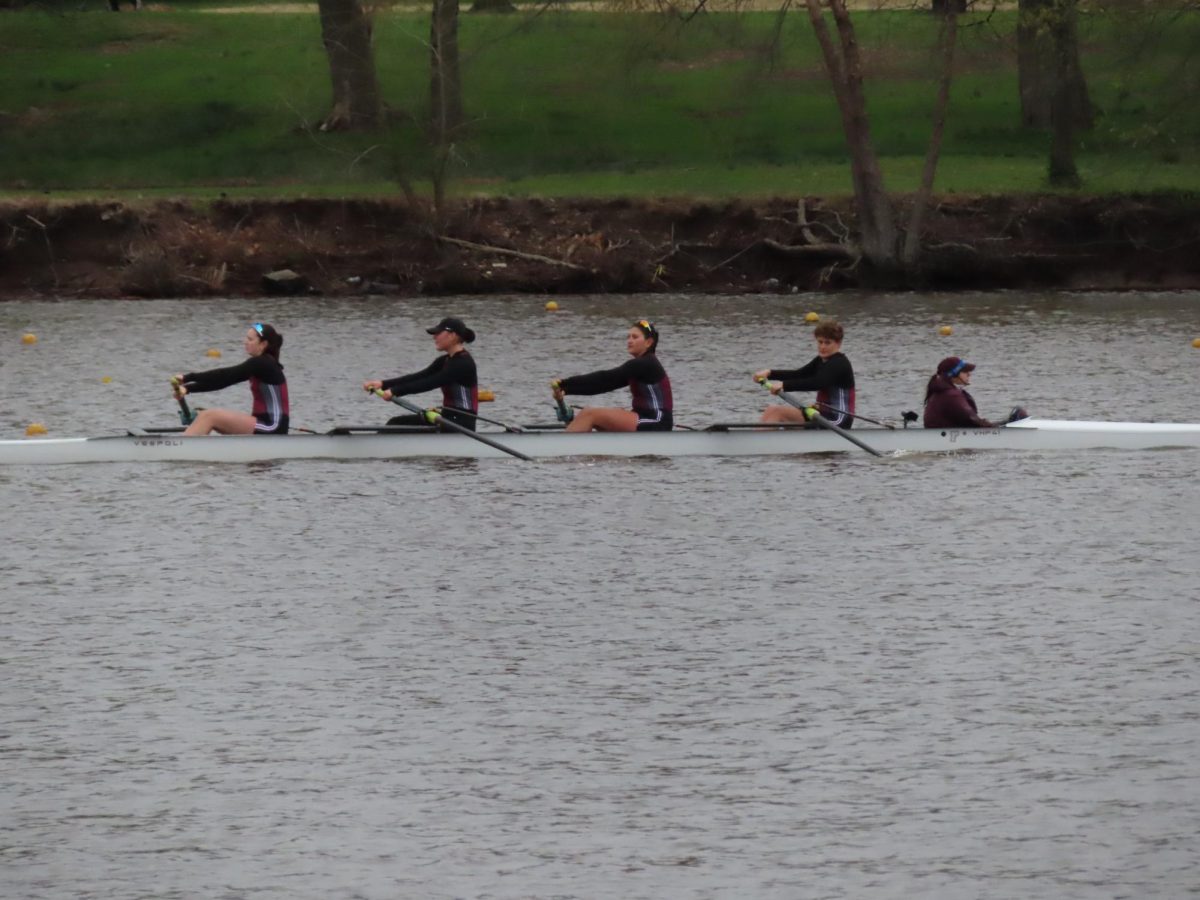
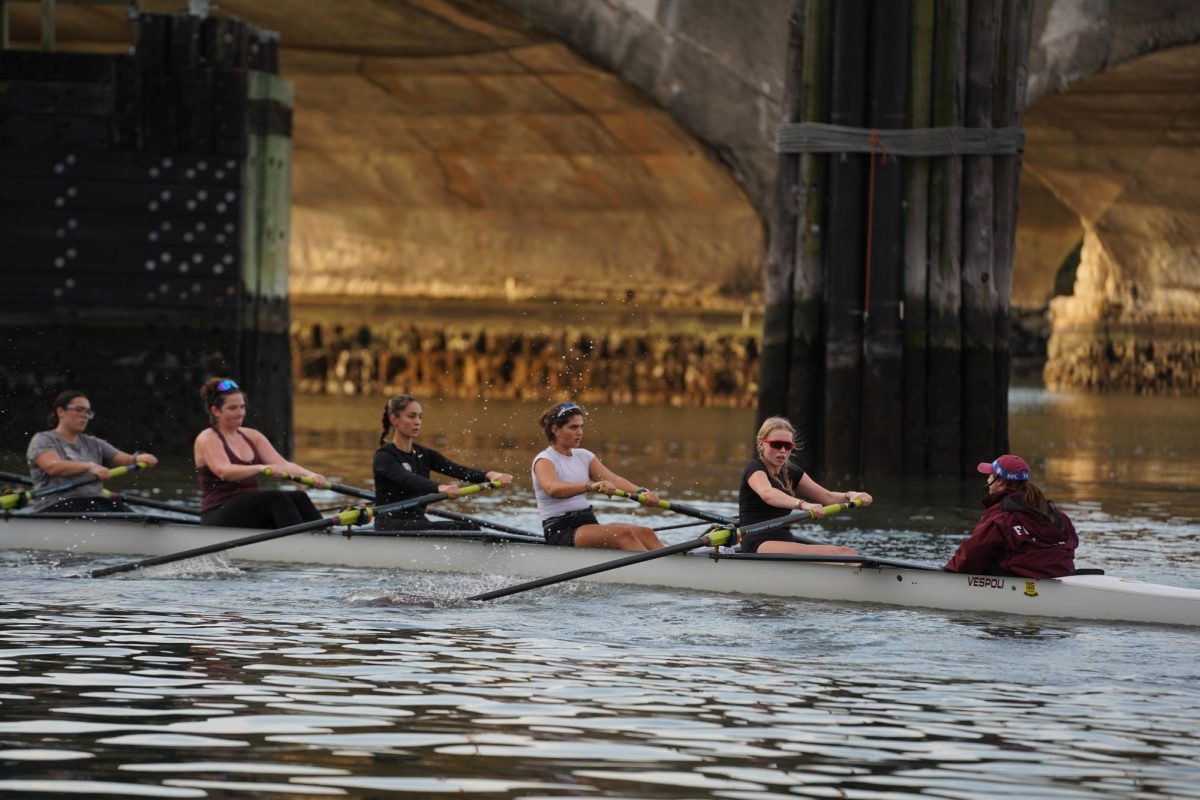
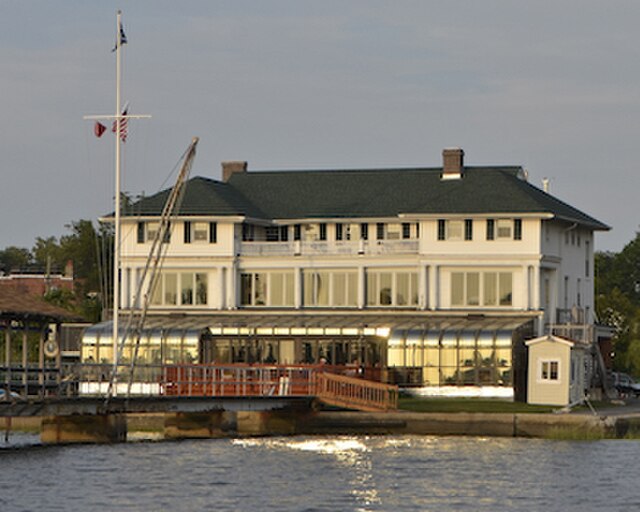
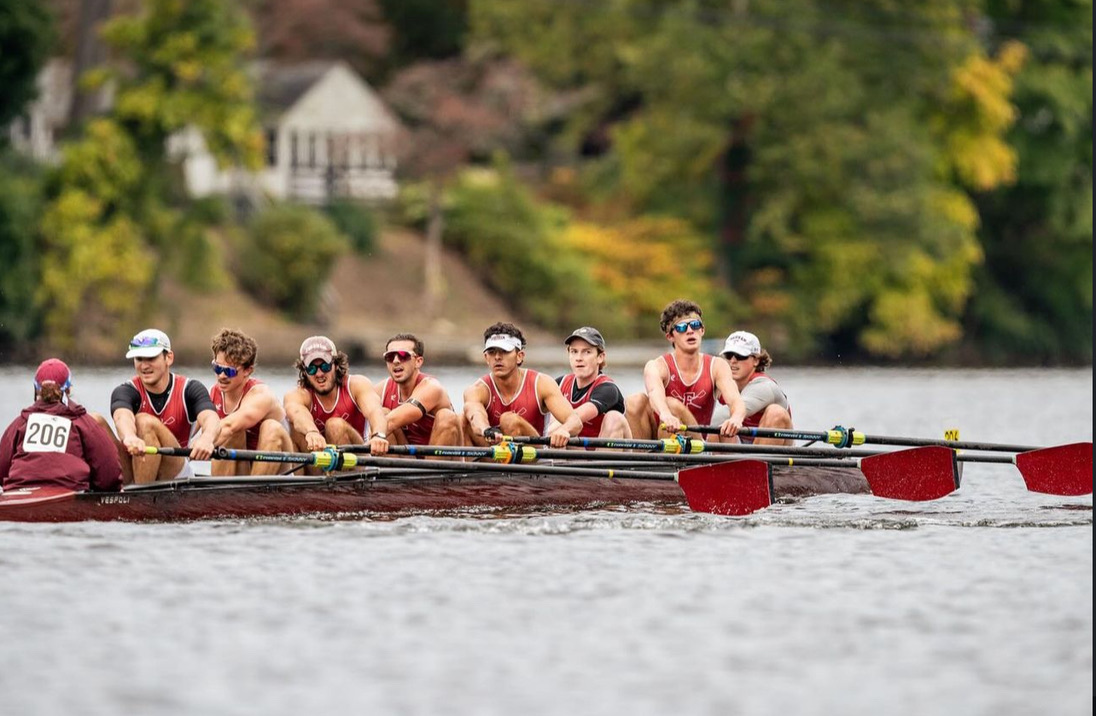




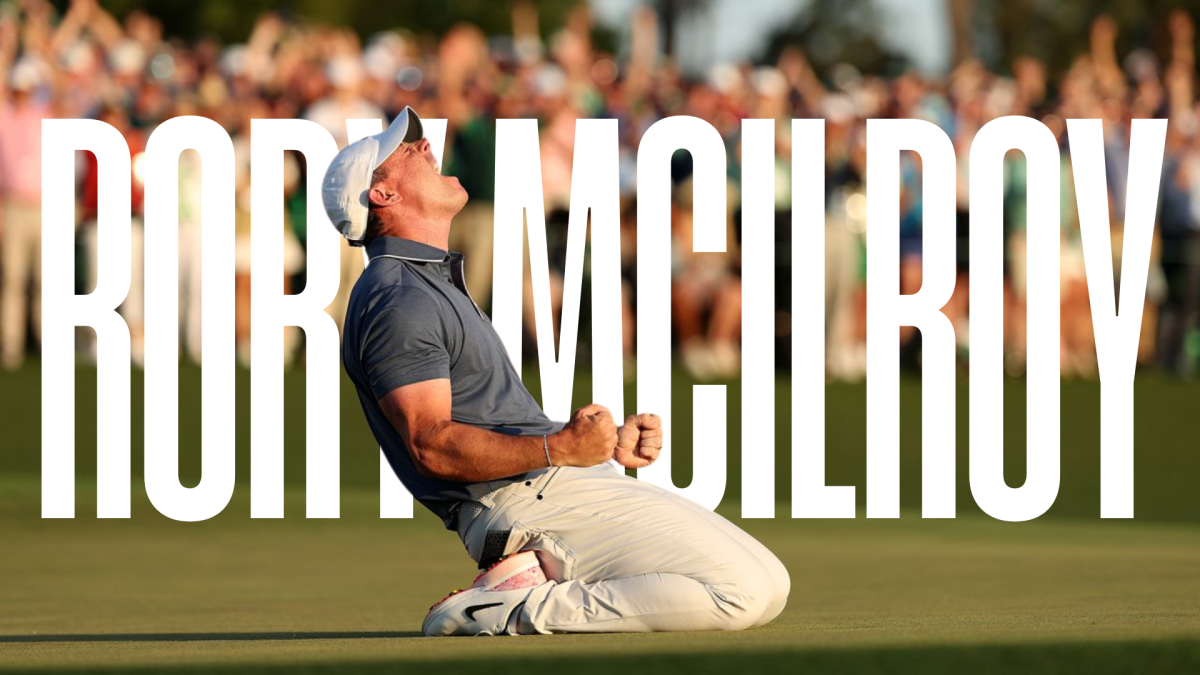
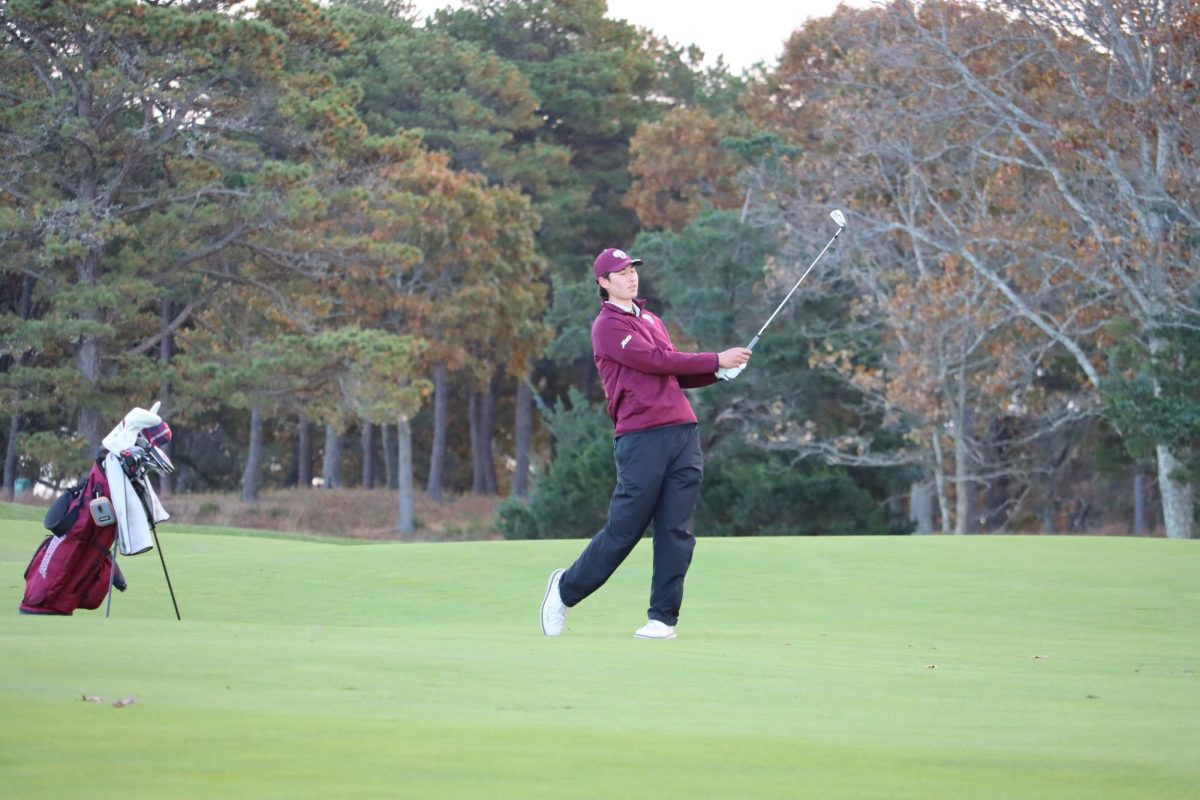
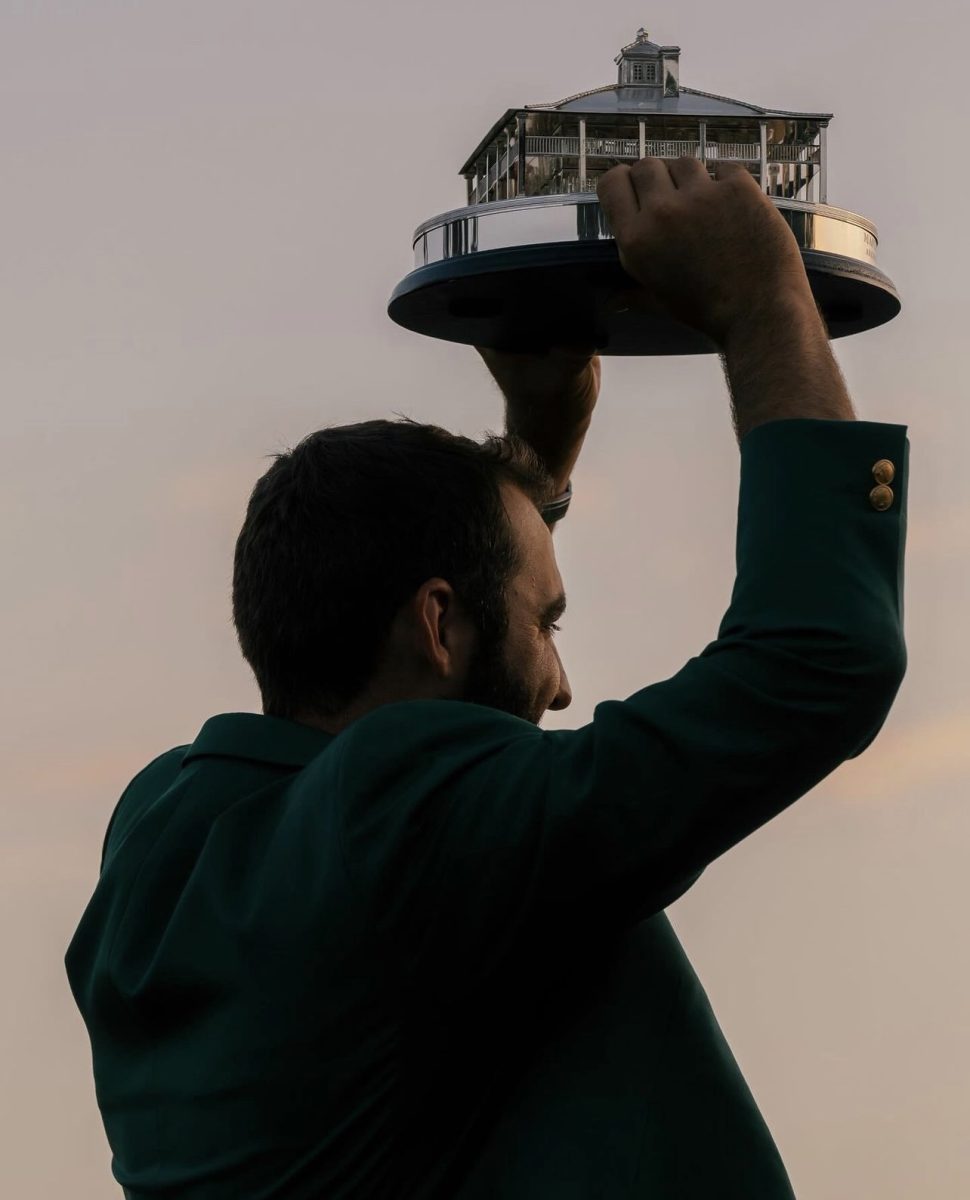

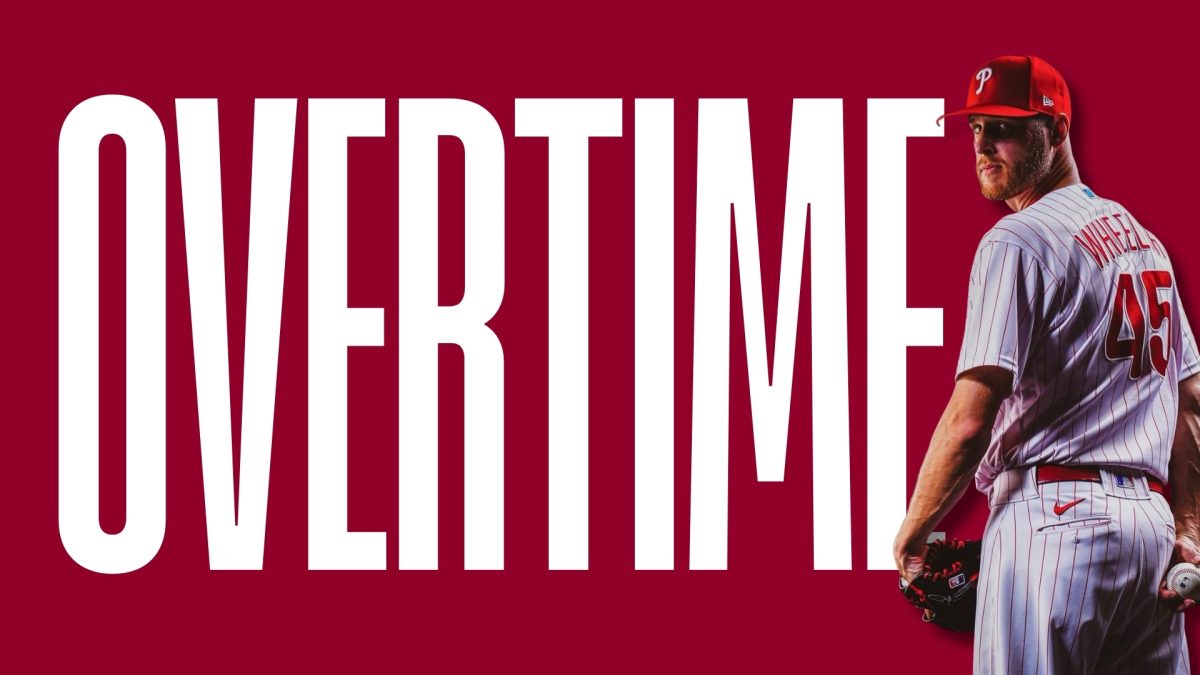



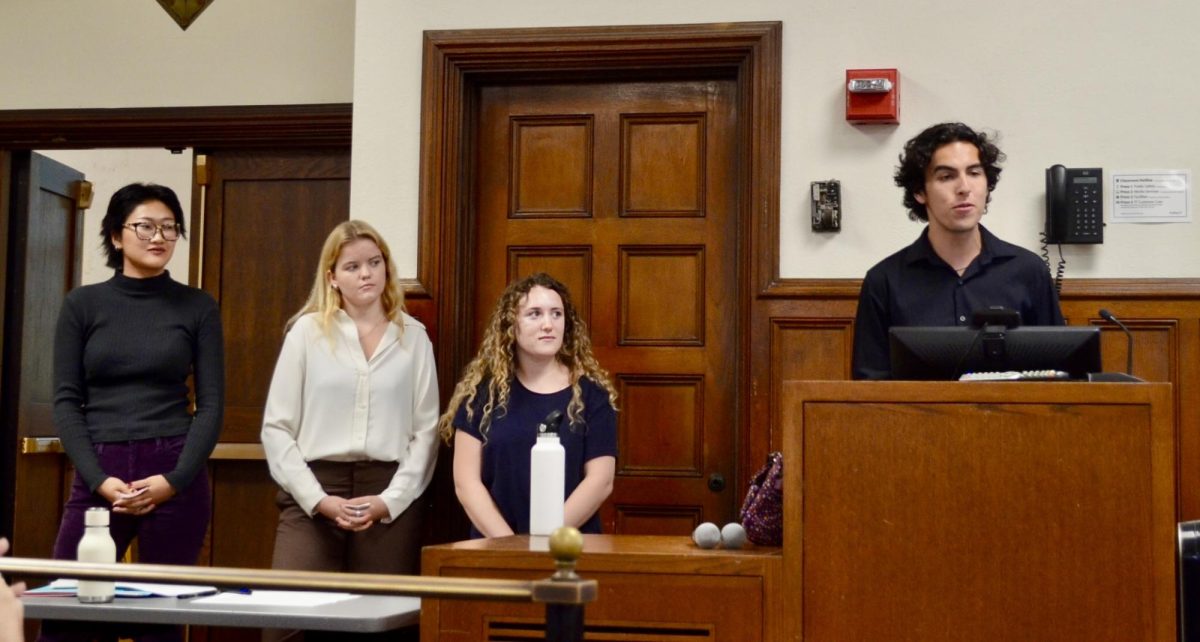

Trish • Oct 9, 2017 at 1:58 am
This picture is of the Acqueduct off of Fordham Rd. and University Ave. It was the view from my window.
Prof. Colin M. Cathcart NCARB • Oct 14, 2015 at 5:40 pm
Great article, but no, the Bronks’s King’s Bridge was not the first bridge to grace our fair metropolis. That distinction more likely goes to the three little wooden bridges that spanned a long-gone canal that ran up the center of Broad Street from the harbor to the stock exchange in New Amsterdam in the middle 1600s. After the British arrived in 1668, the bridges were dismantled and the canal (which apparently smelled bad) was filled in. There is one trace remaining, of the middle of the three bridges. This bridge gave onto a cross-street called then, and still called now, Bridge Street.
Brian G. Andersson • Oct 9, 2015 at 6:59 am
The picture is Aqueduct Avenue, between University Avenue and Grand Avenue. Way far off and nothing to do with the King’s Bridge. And in the day of the Kings Bridge, Marble Hill was not an island. That came about in the 1890s when the Harlem River Ship Canal was blasted through.
Margaret • Oct 8, 2015 at 10:17 pm
The King’s bridge was located on what is now Kingsbridge Ave. between West 230th St. & West 228th Street.. and that is where it is buried… It spannned the original course of the Spuyten Duyvil creek
Nardo • Oct 8, 2015 at 6:47 pm
Nope – Kingsbridge is not by University Avenue, but on the west side of Broadway.
Kathy • Oct 8, 2015 at 4:08 pm
Picture you are showing has nothing to do with the bridge. I could be wrong, but I think it is off Fordham road, by University Ave.